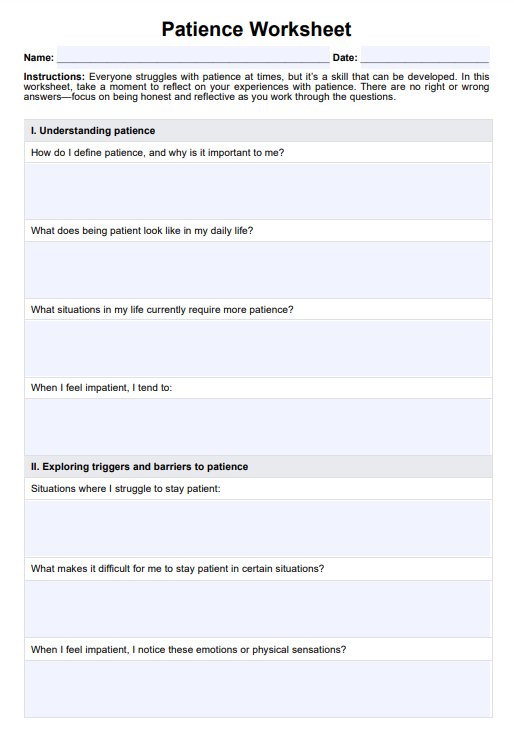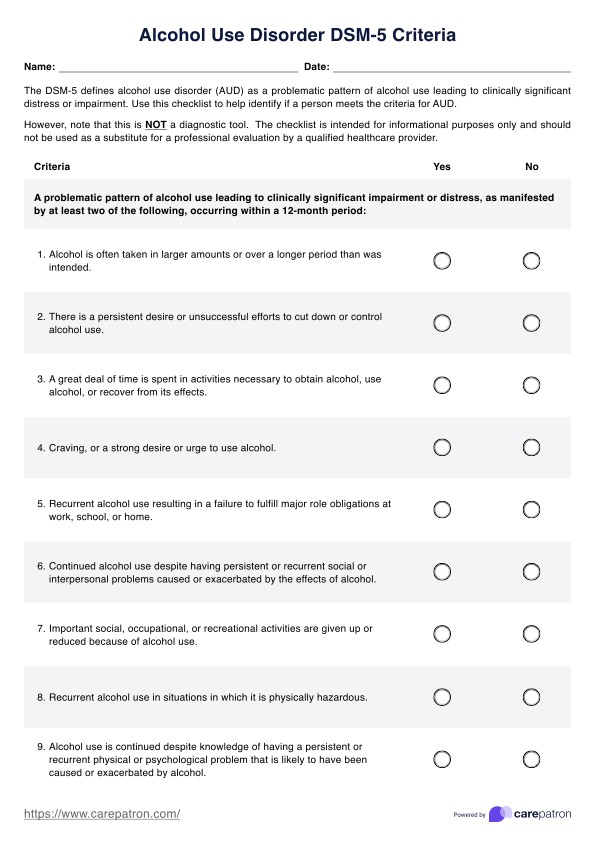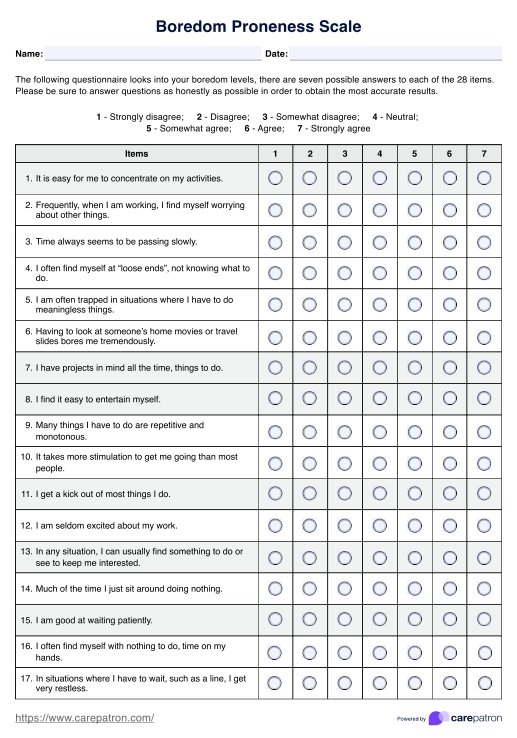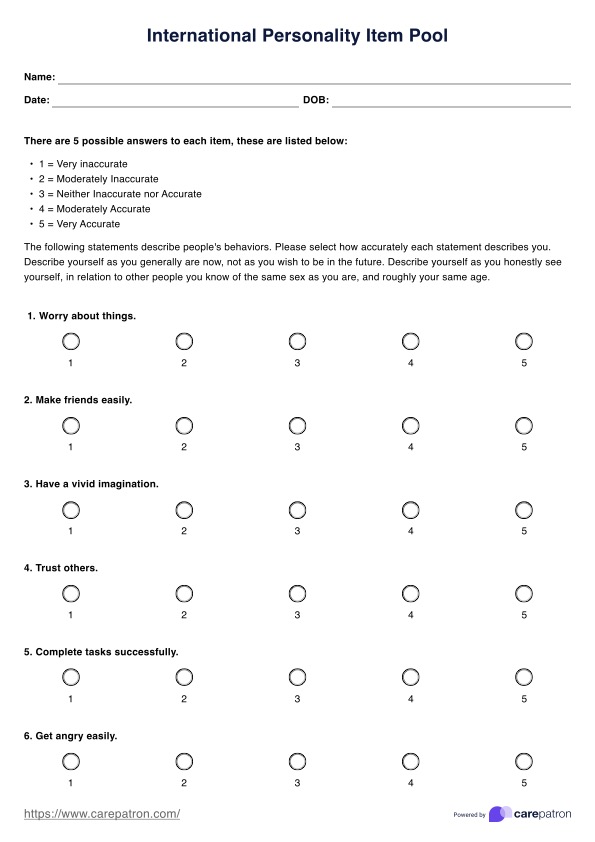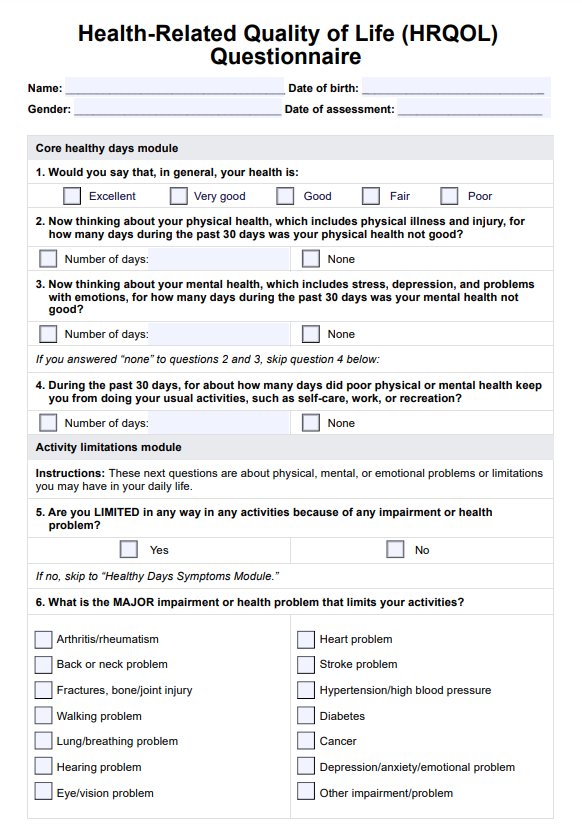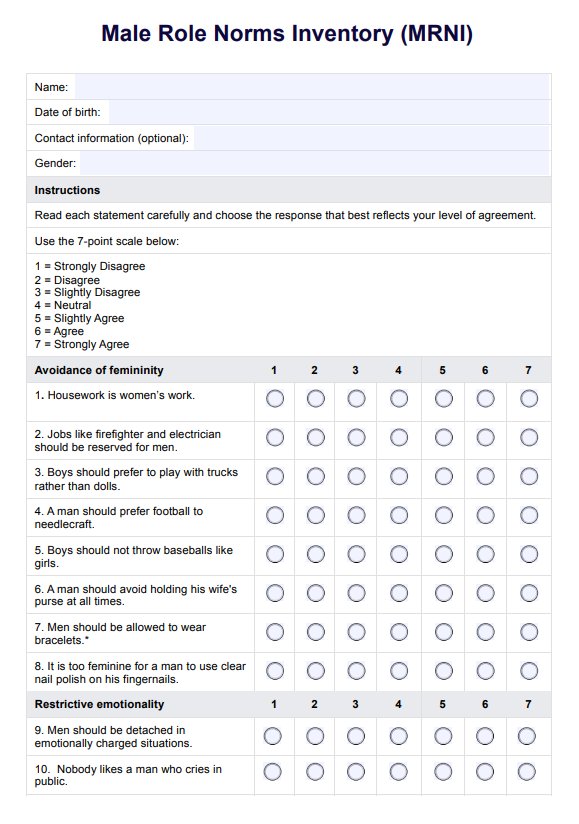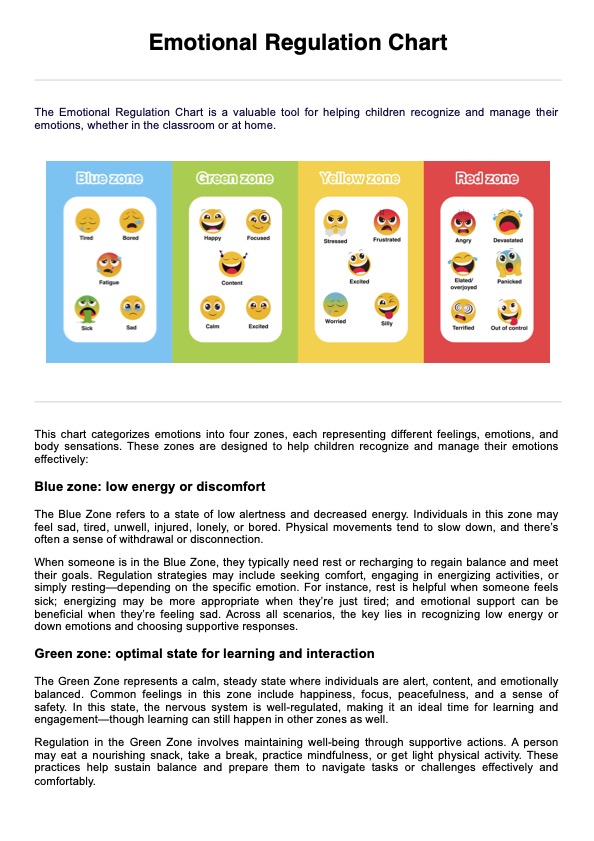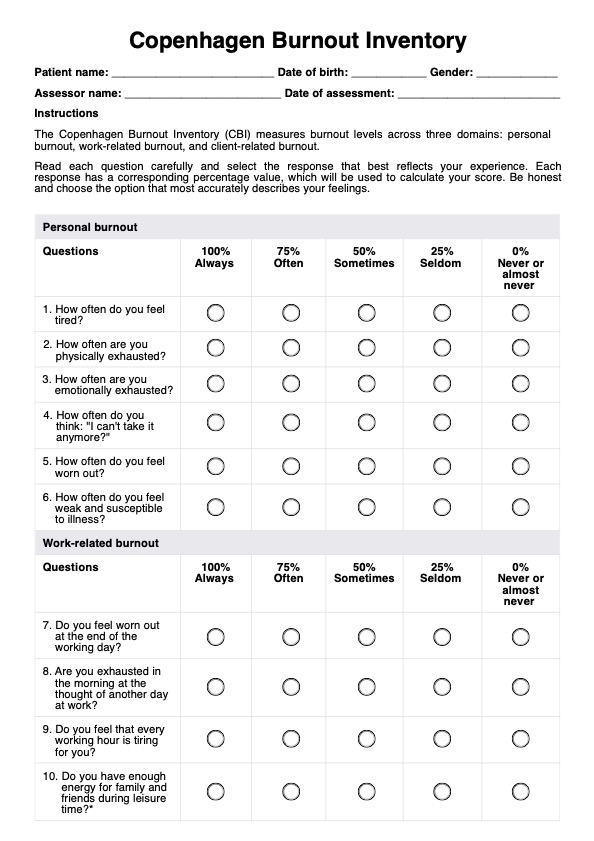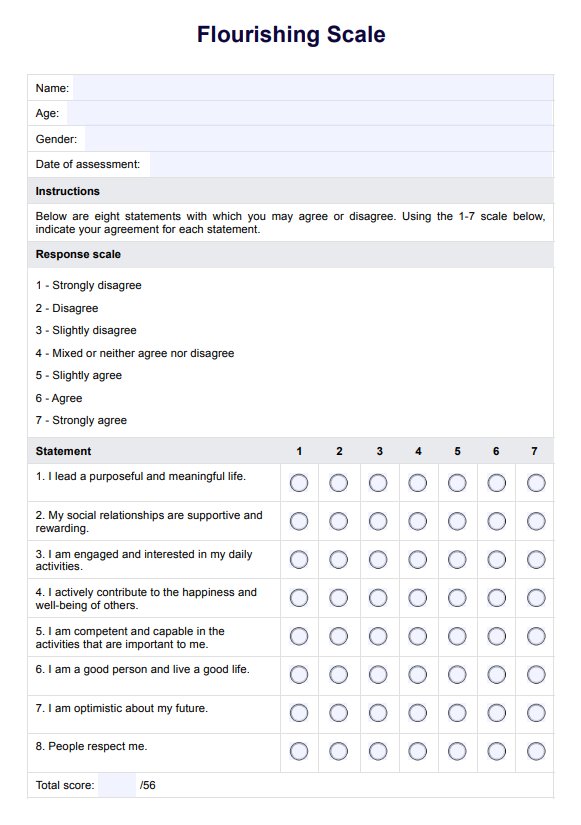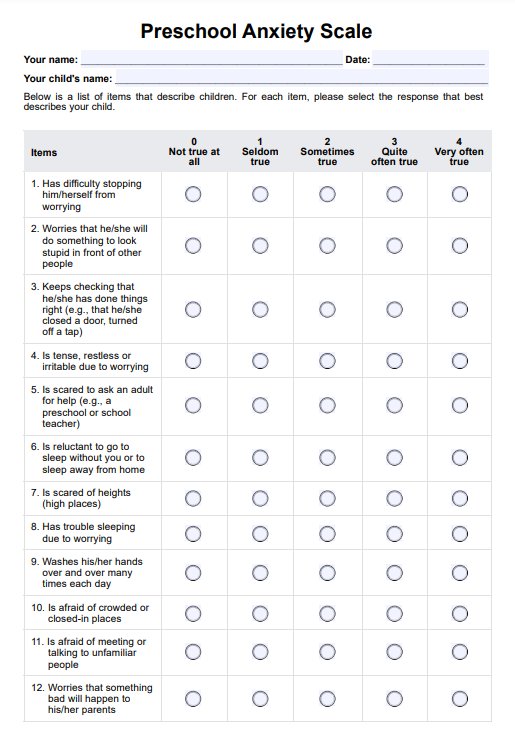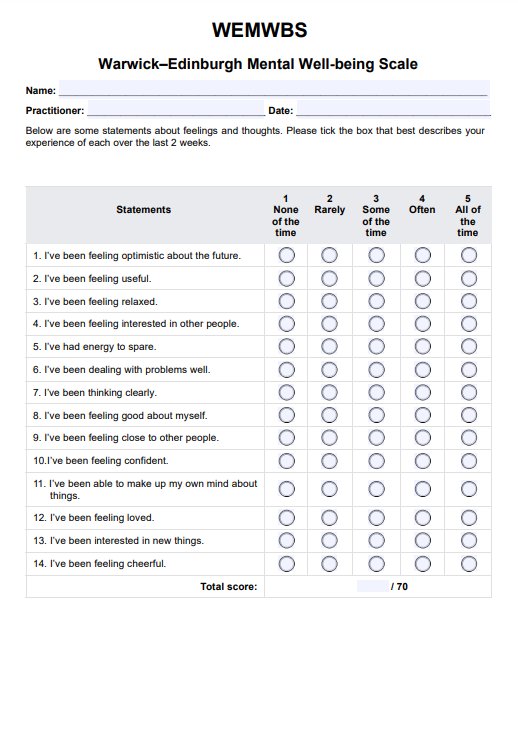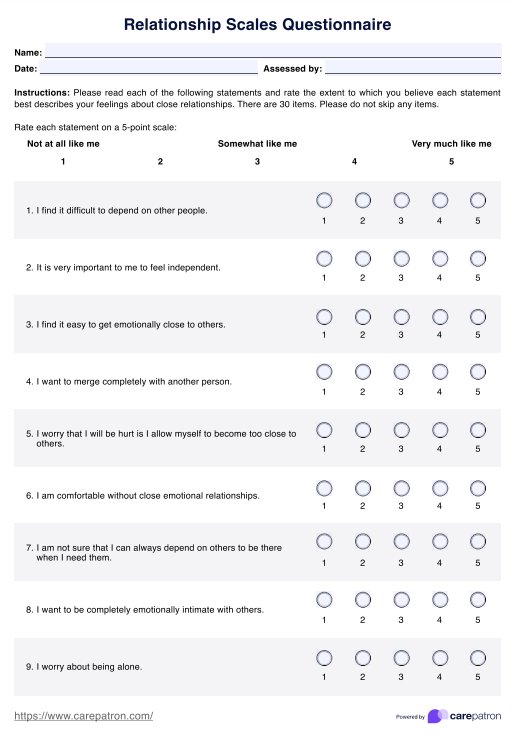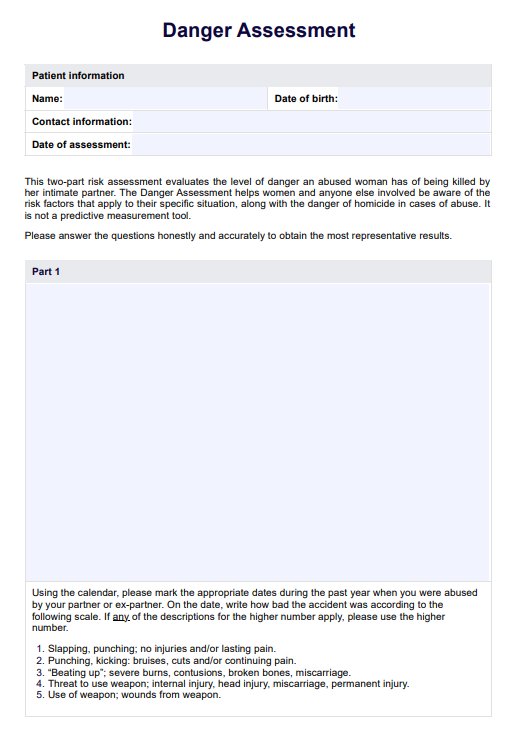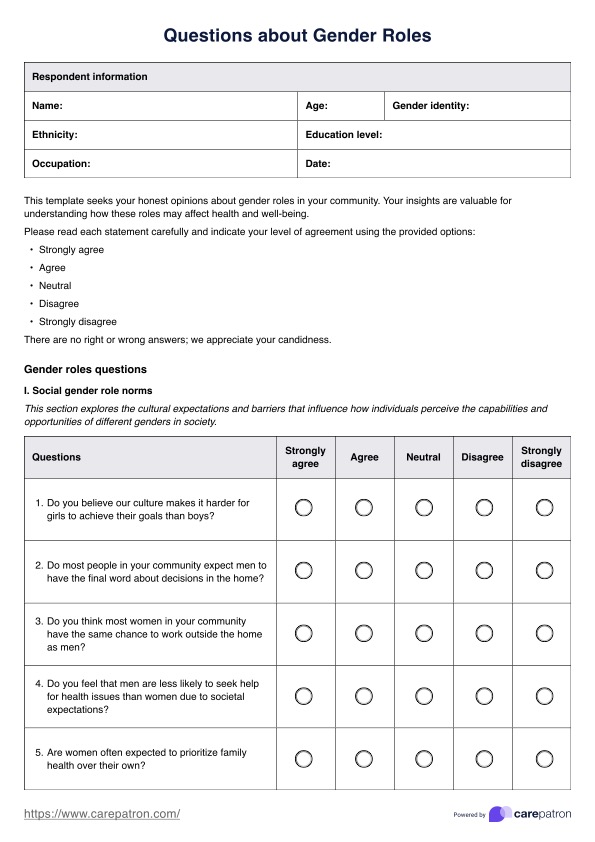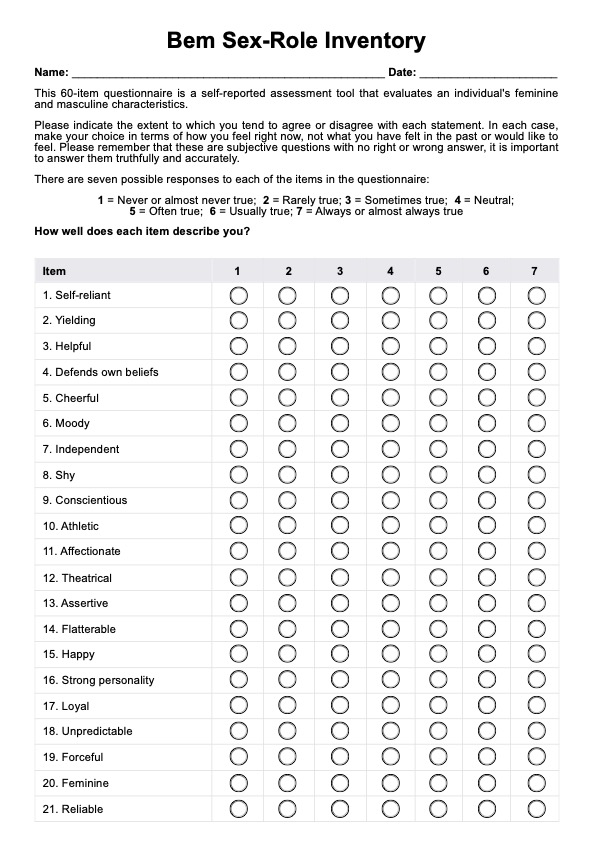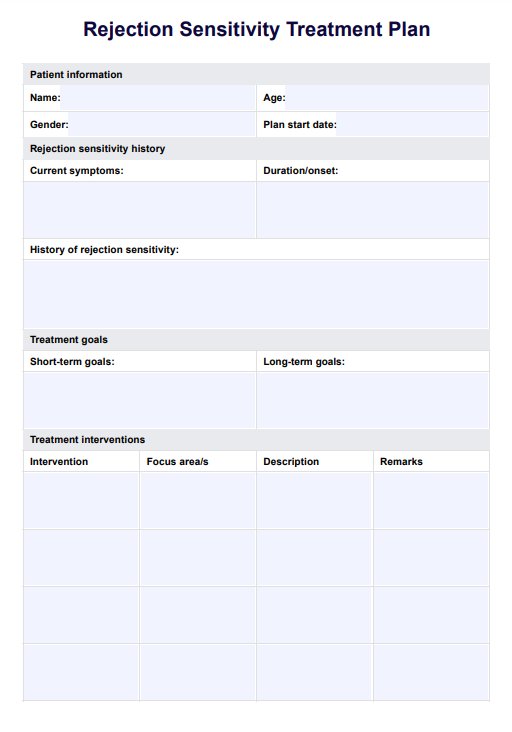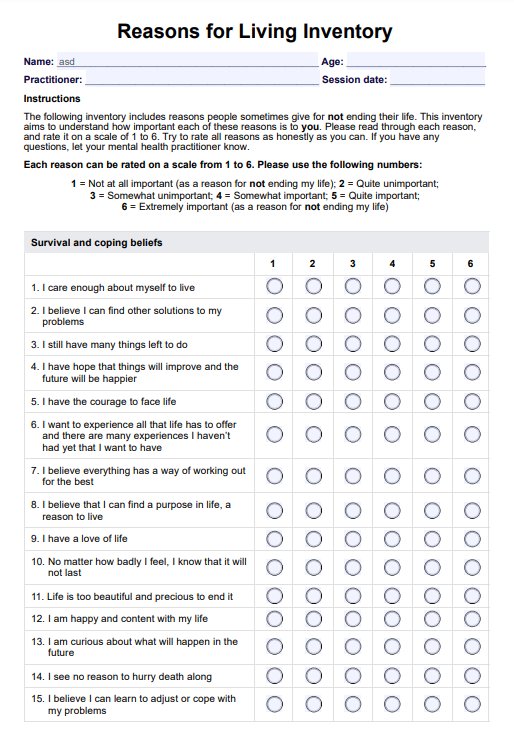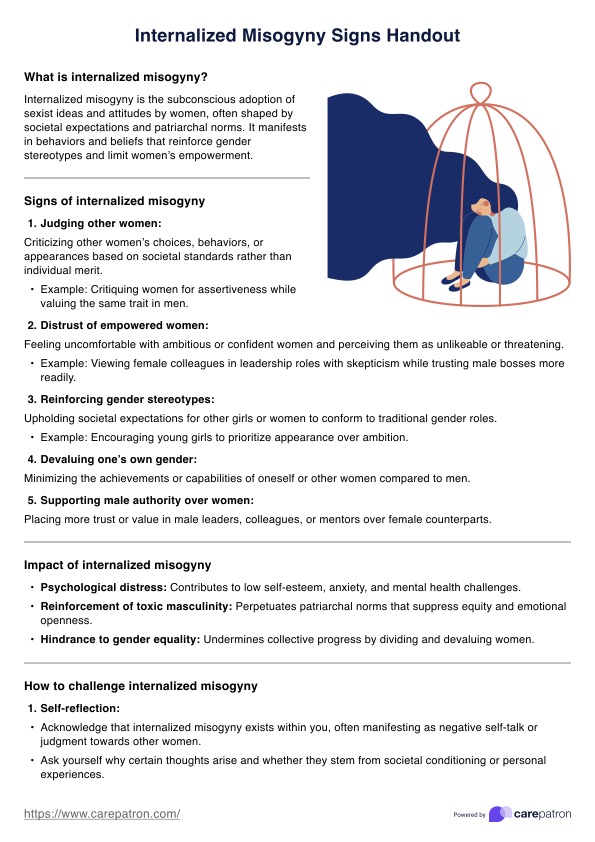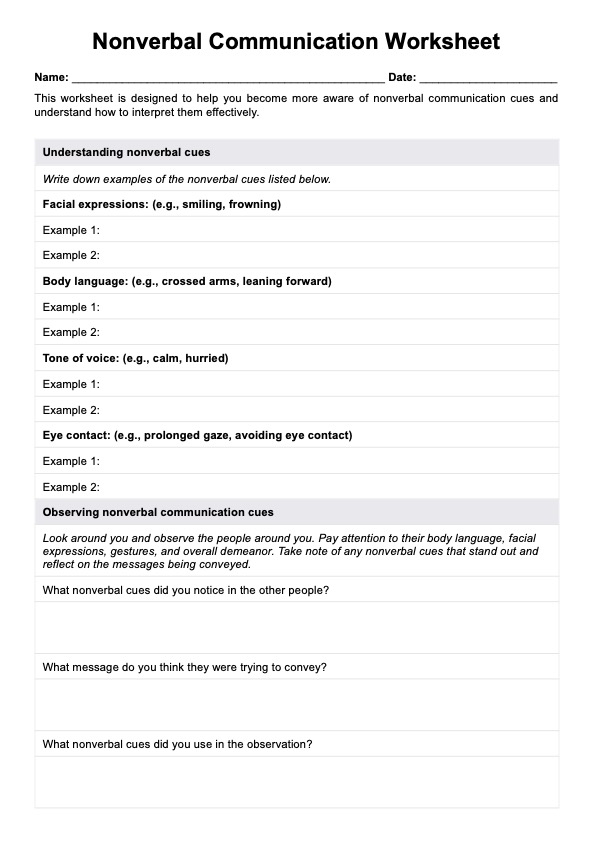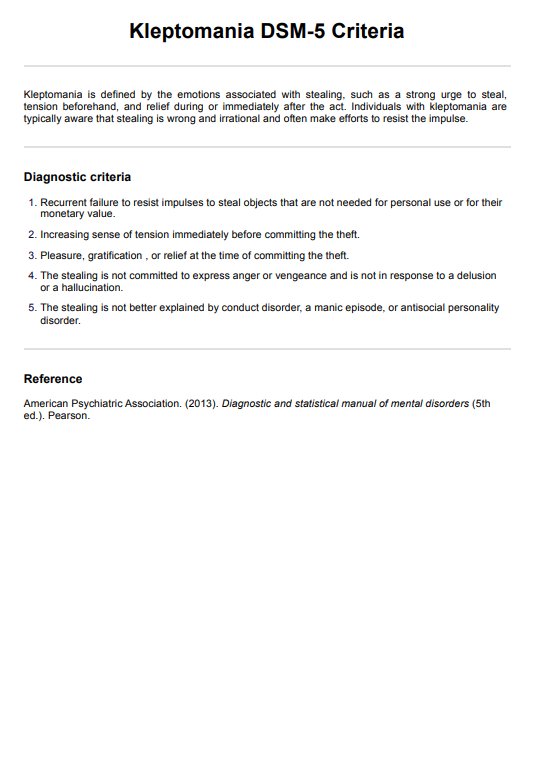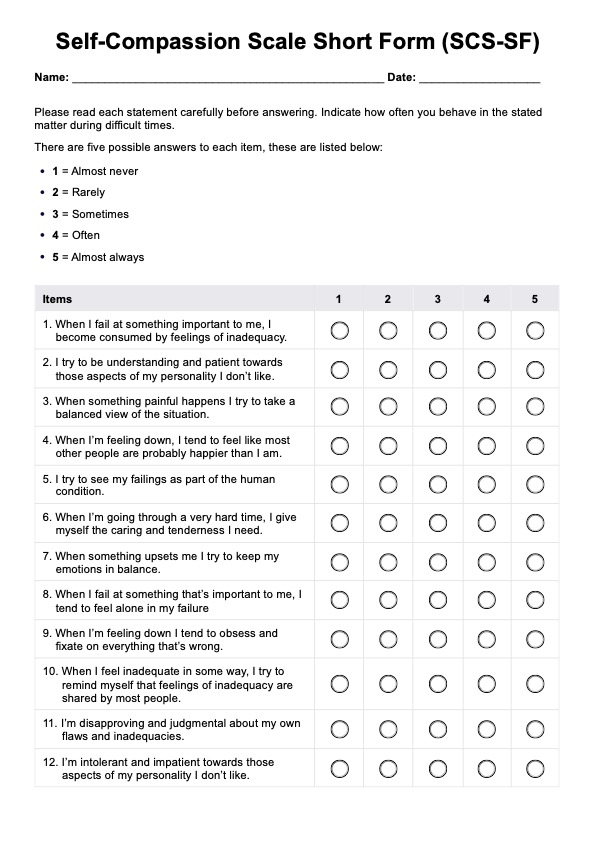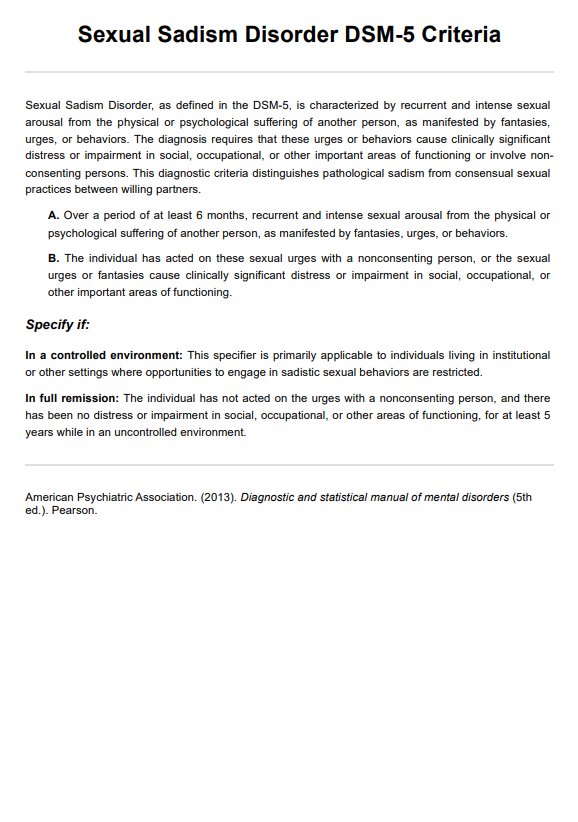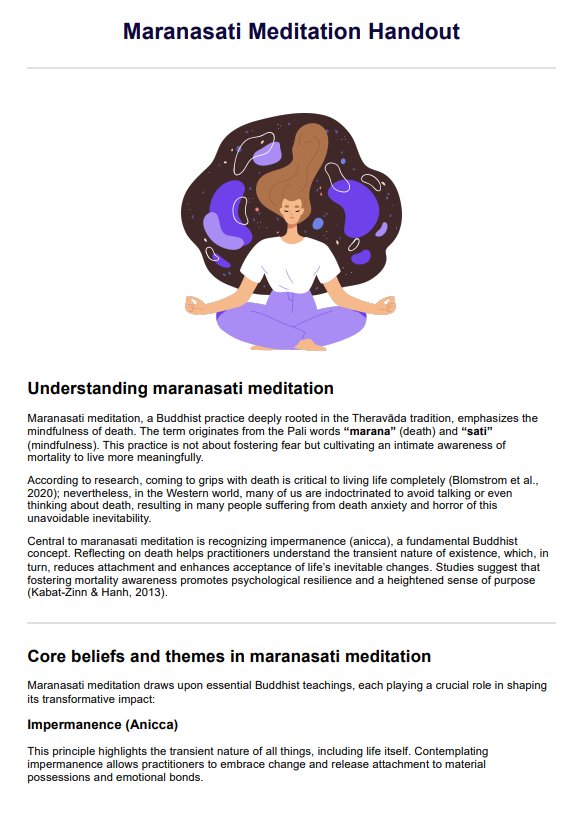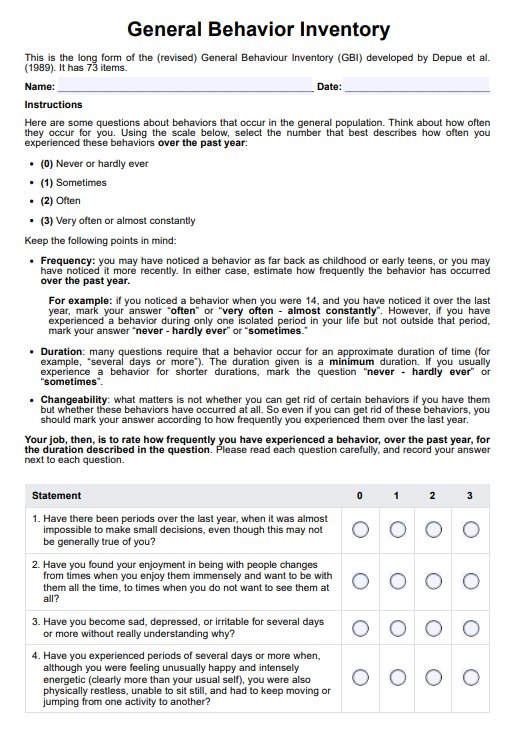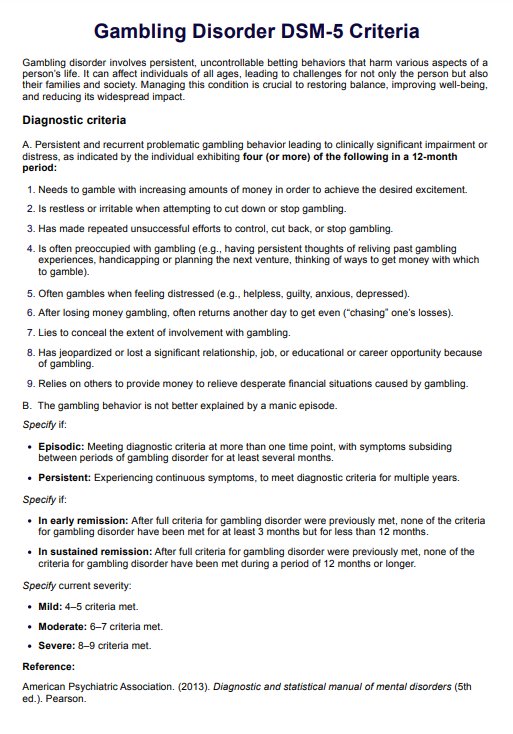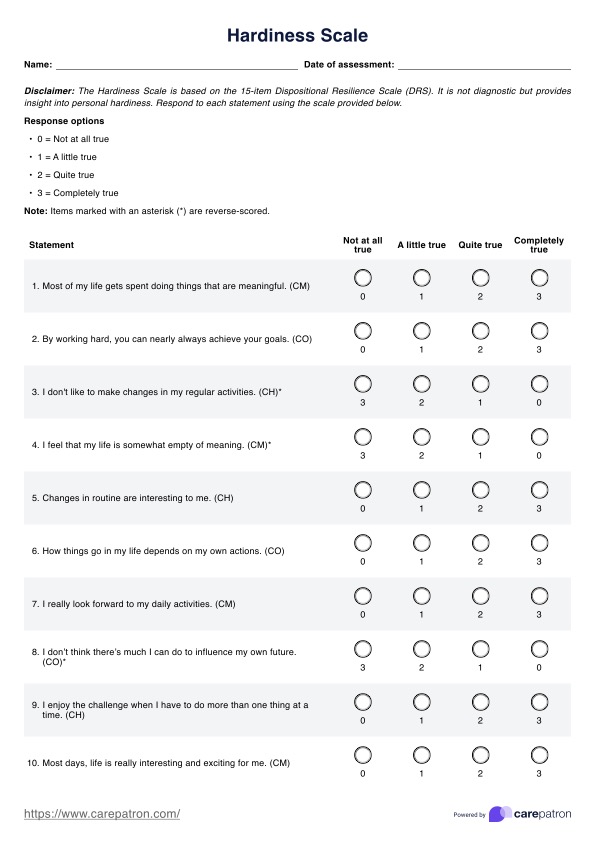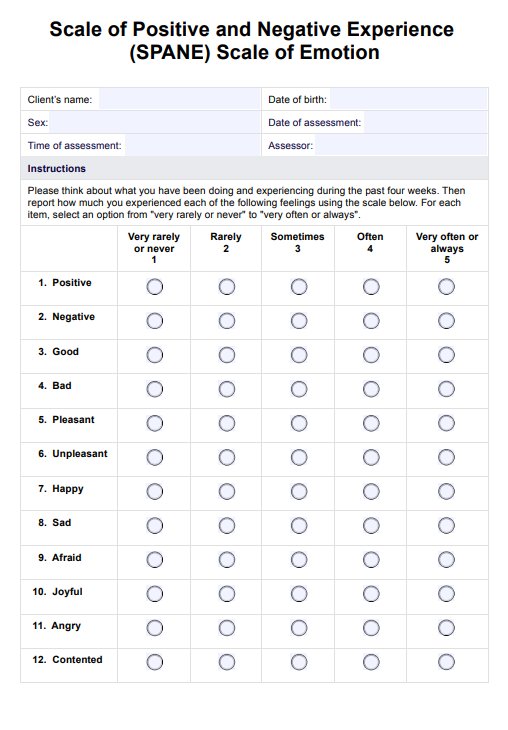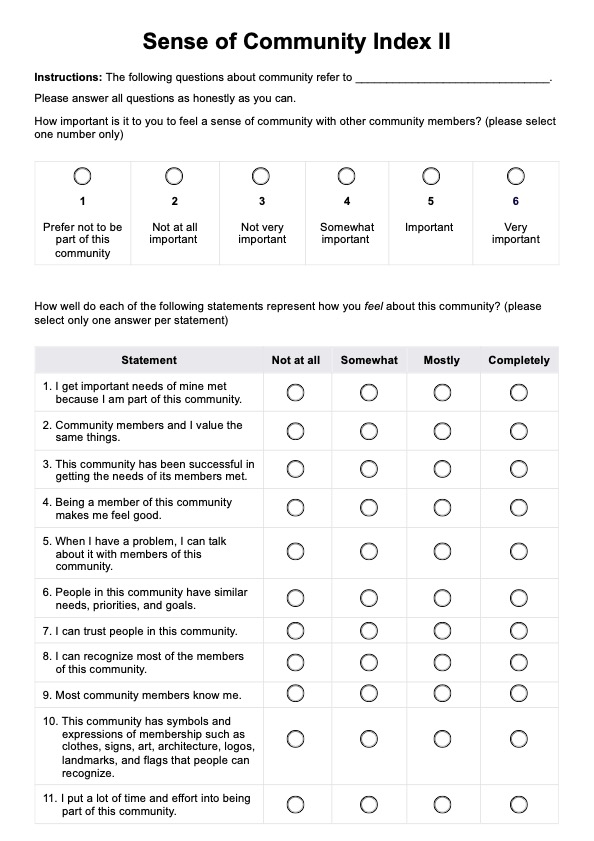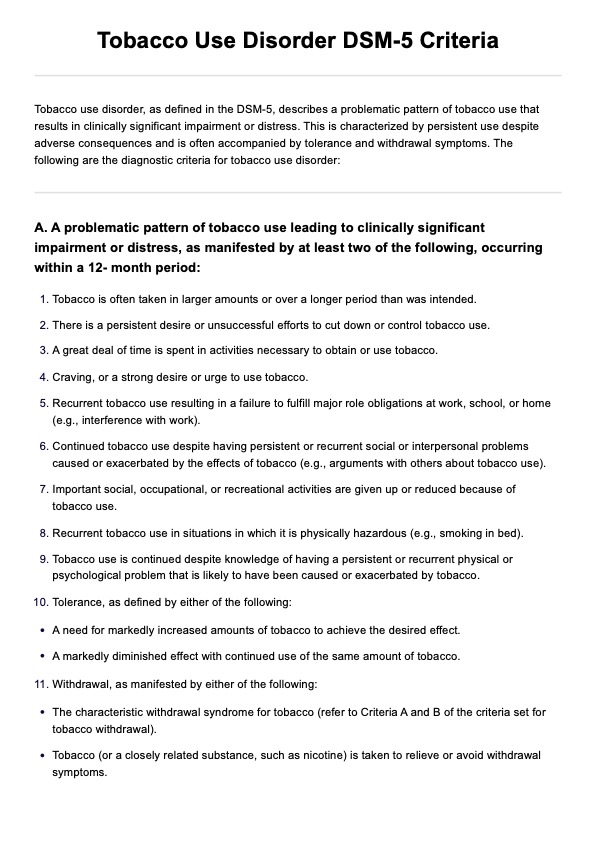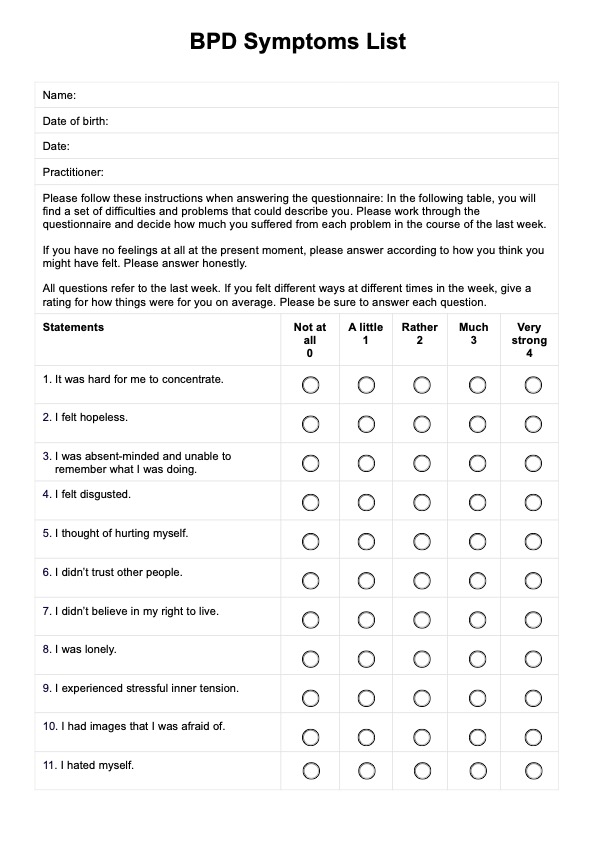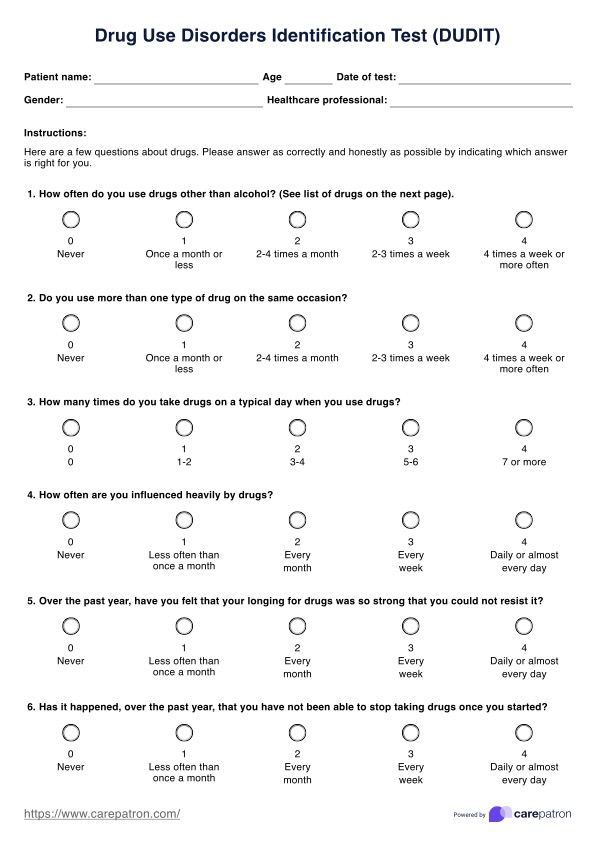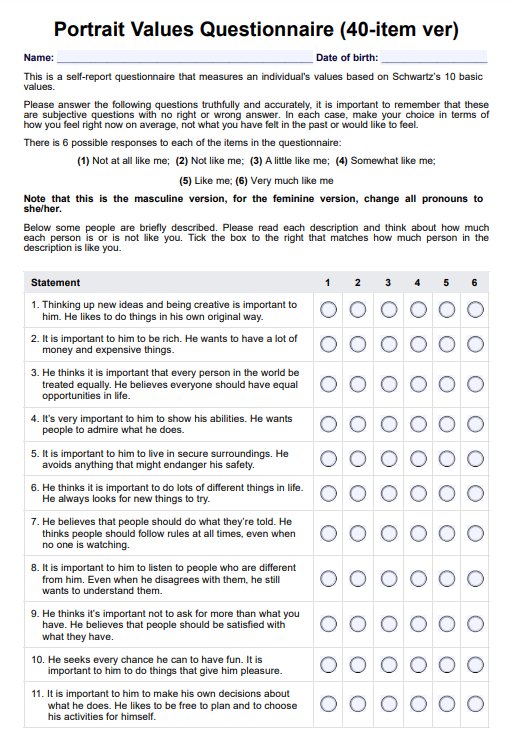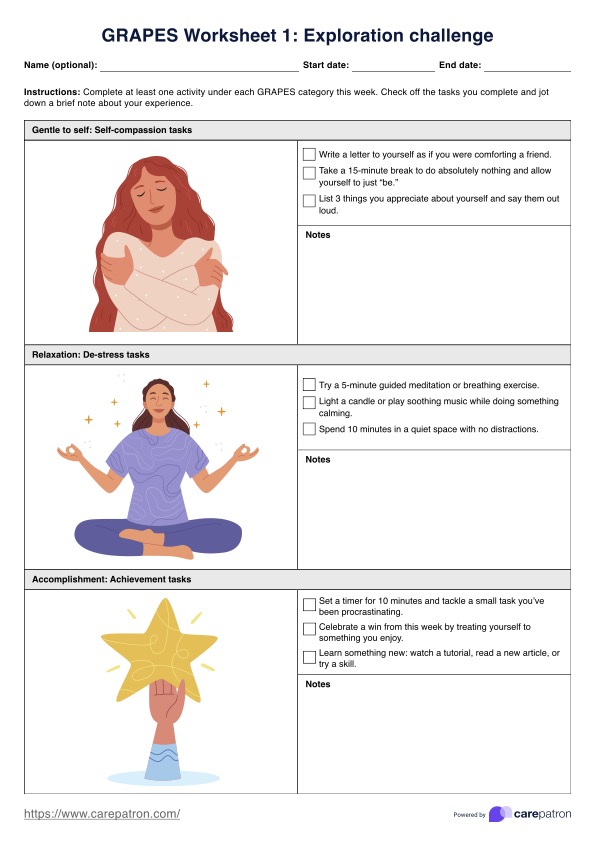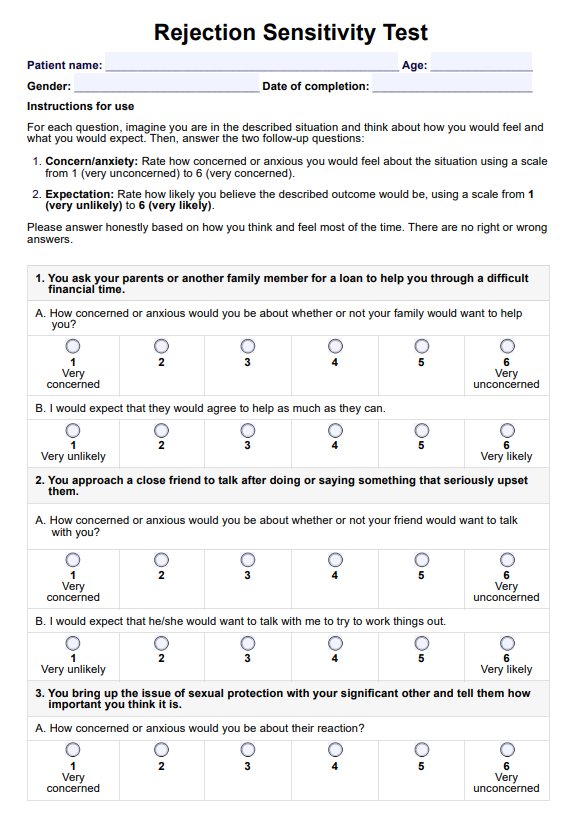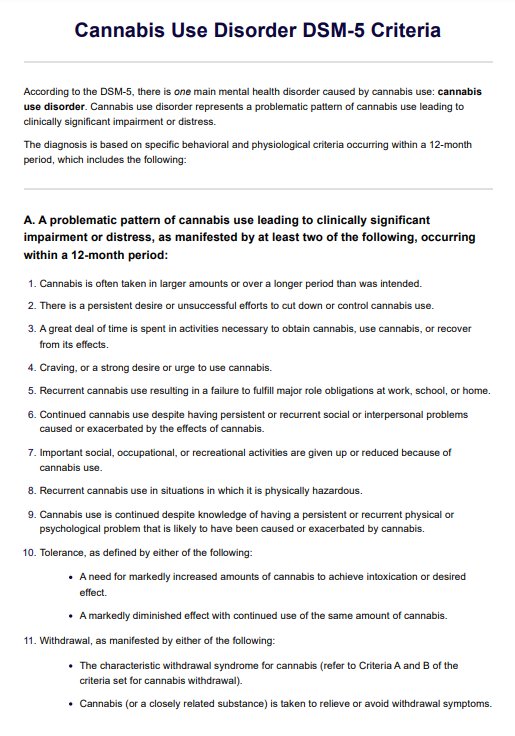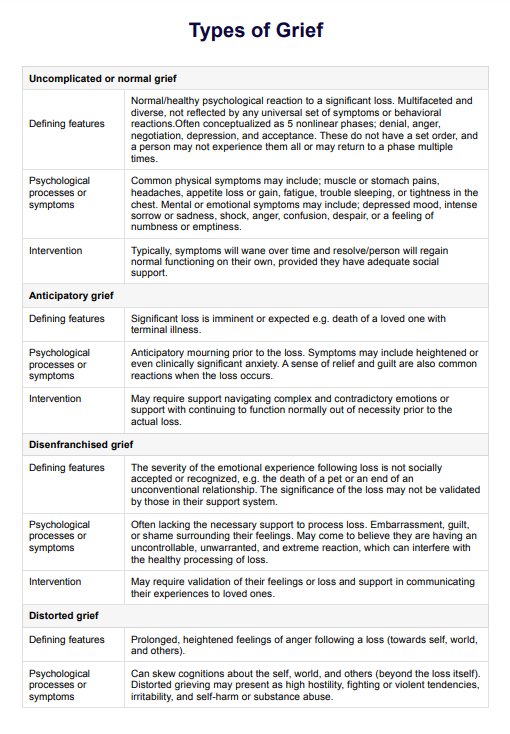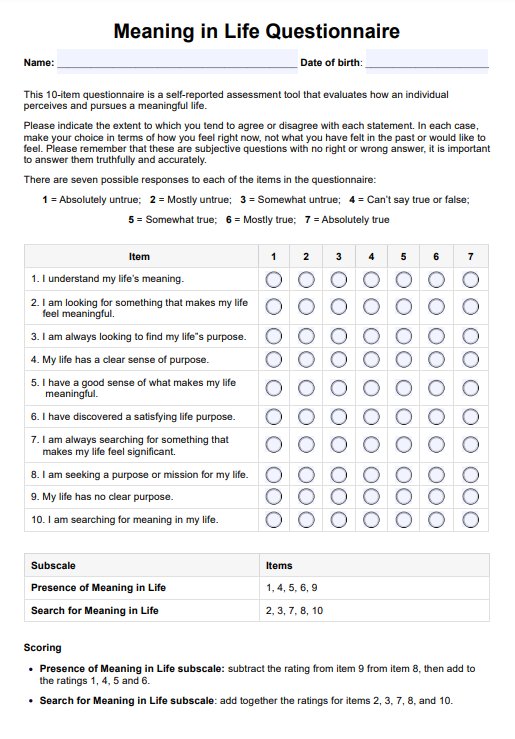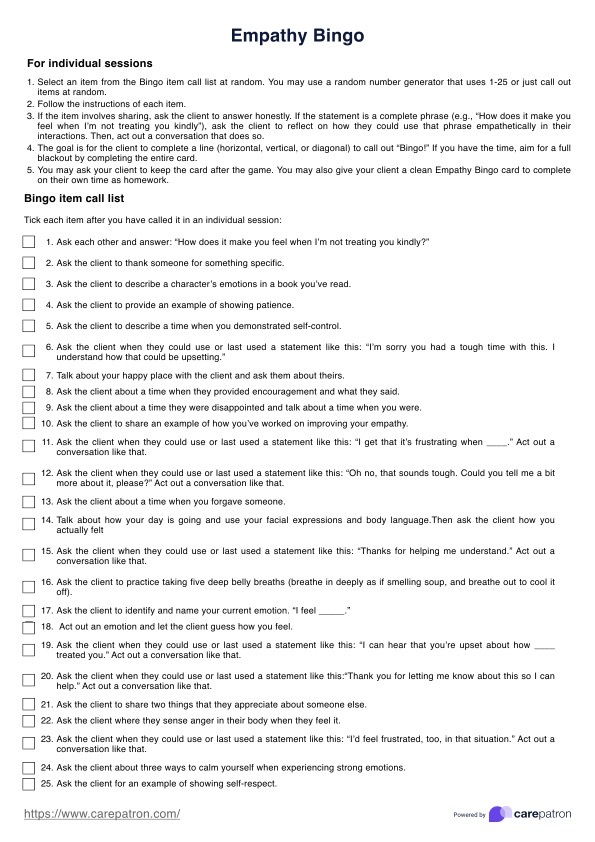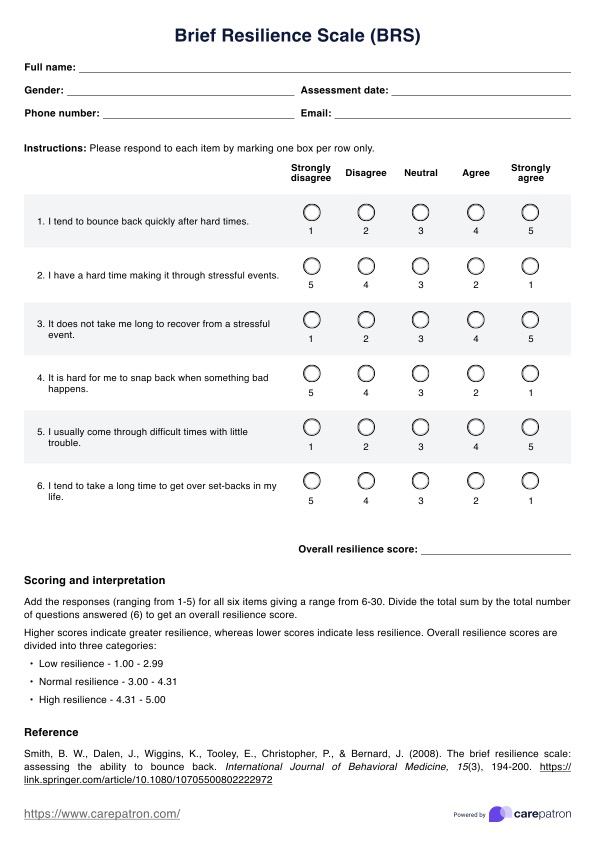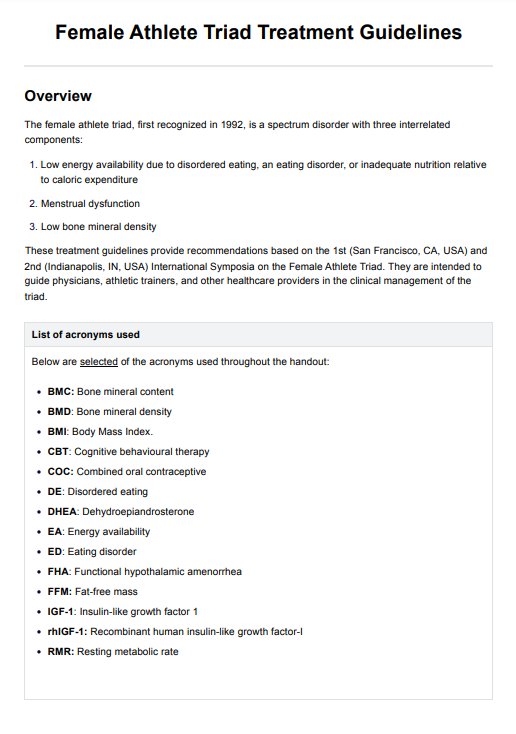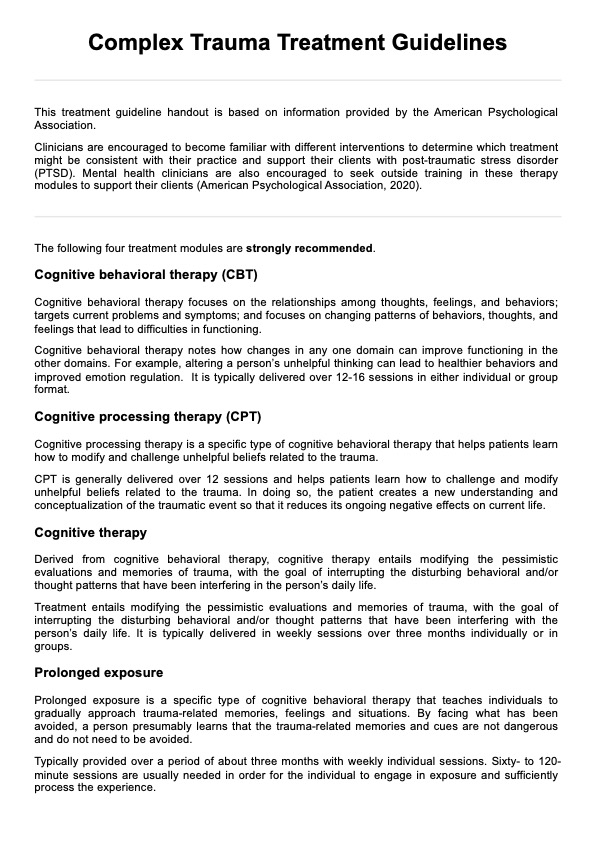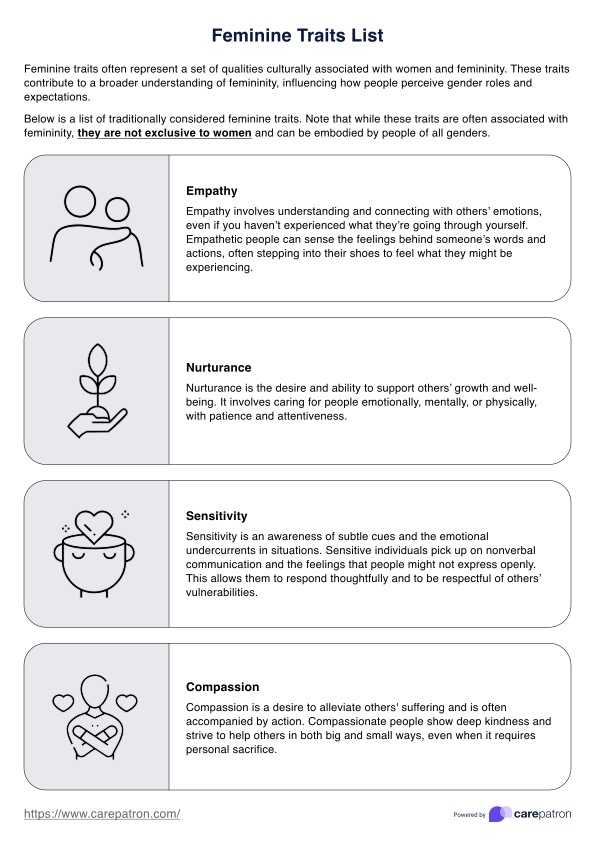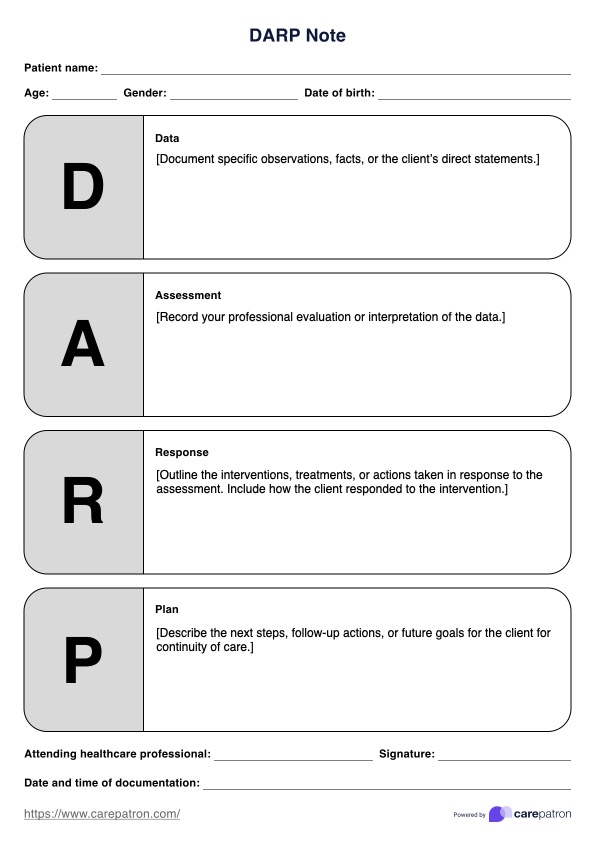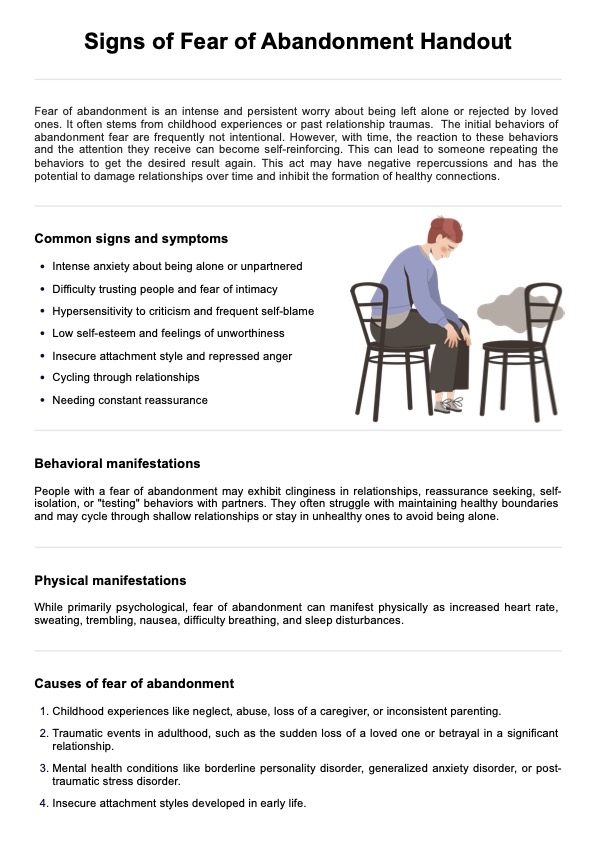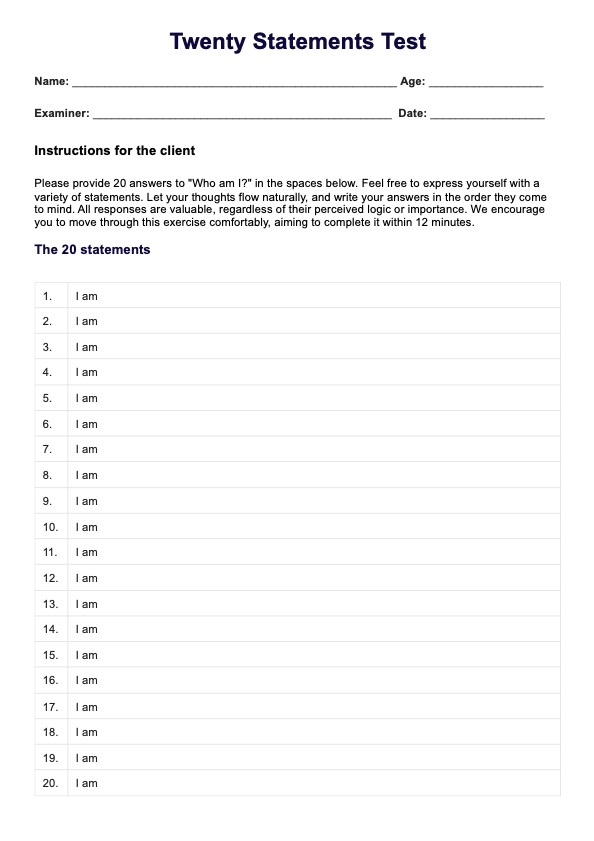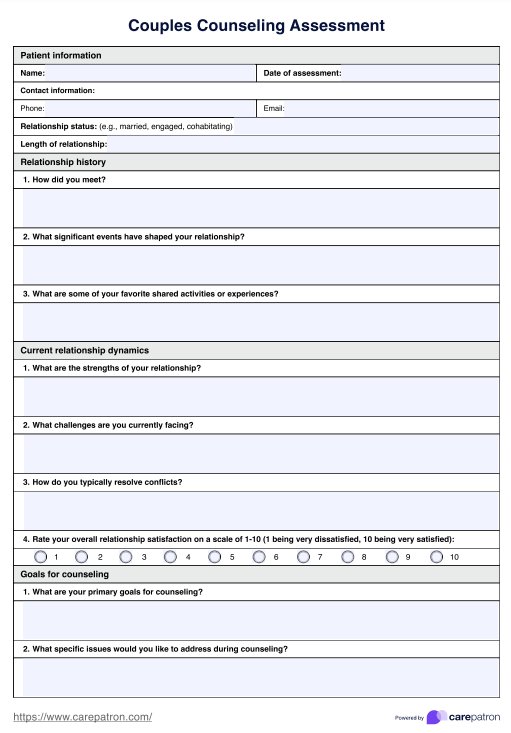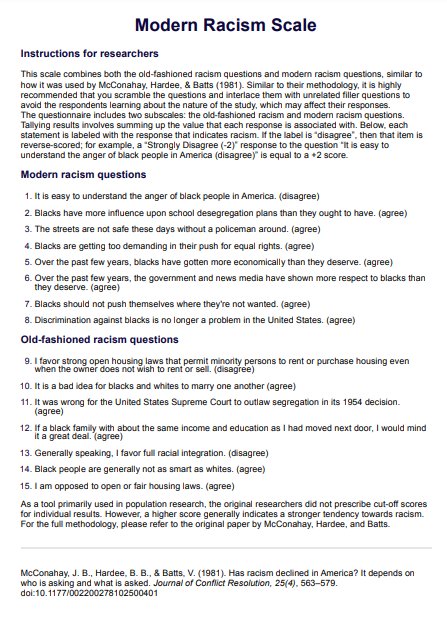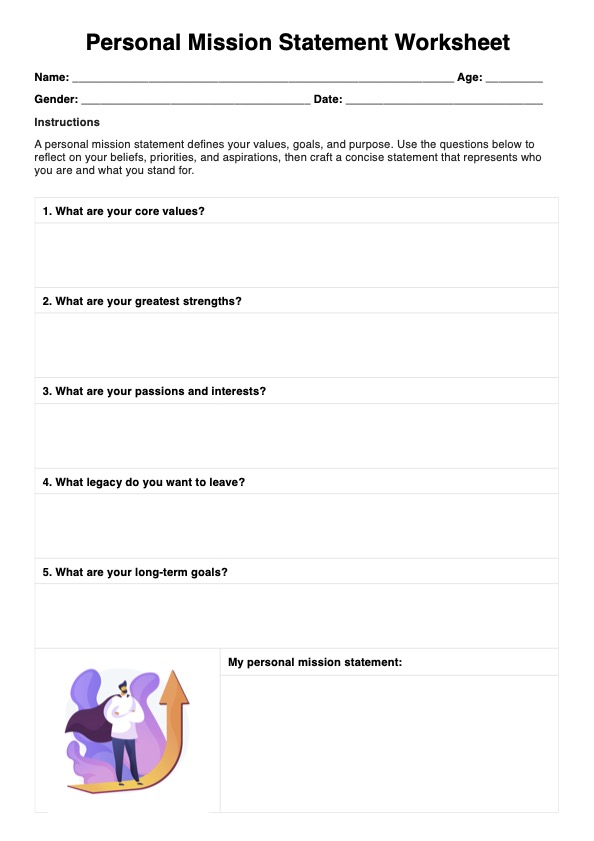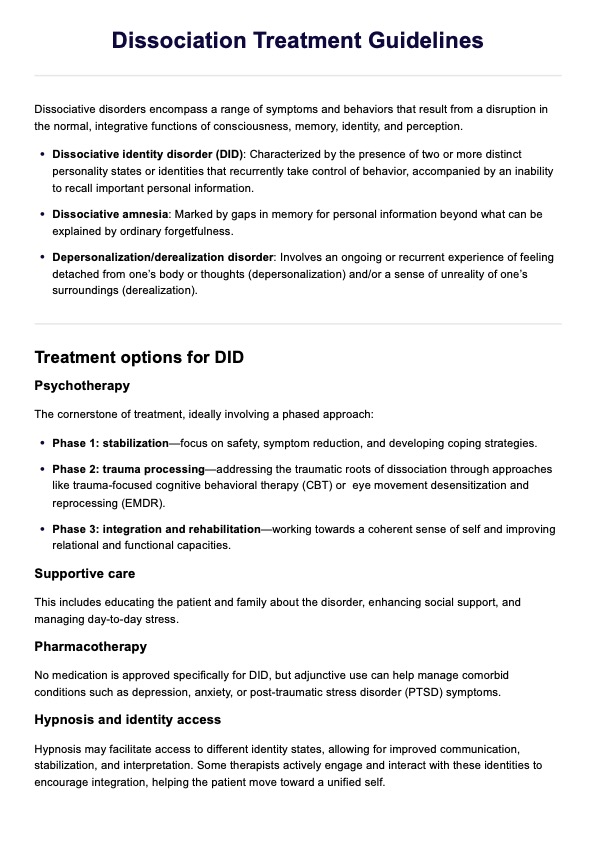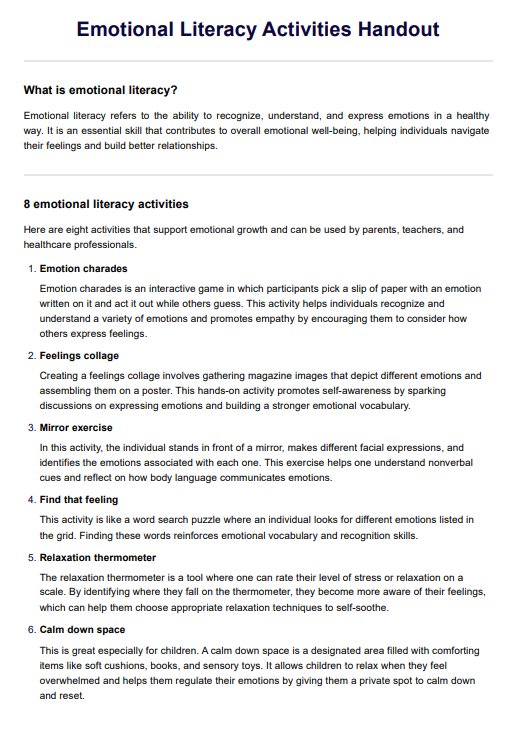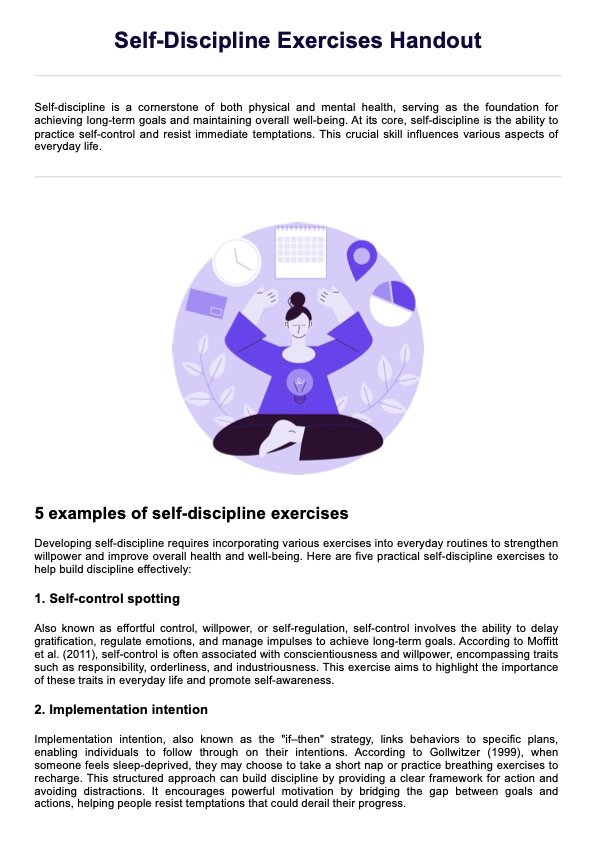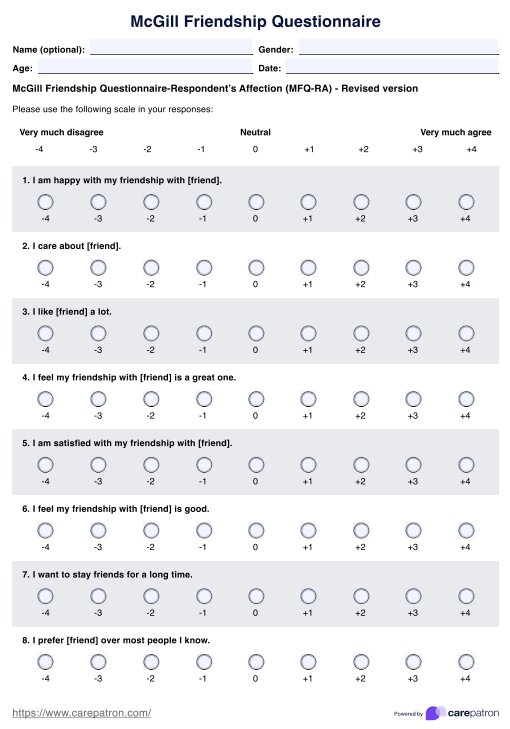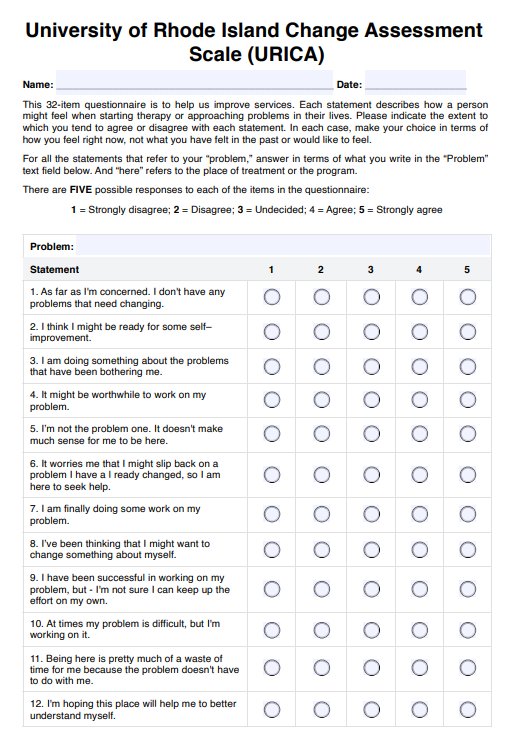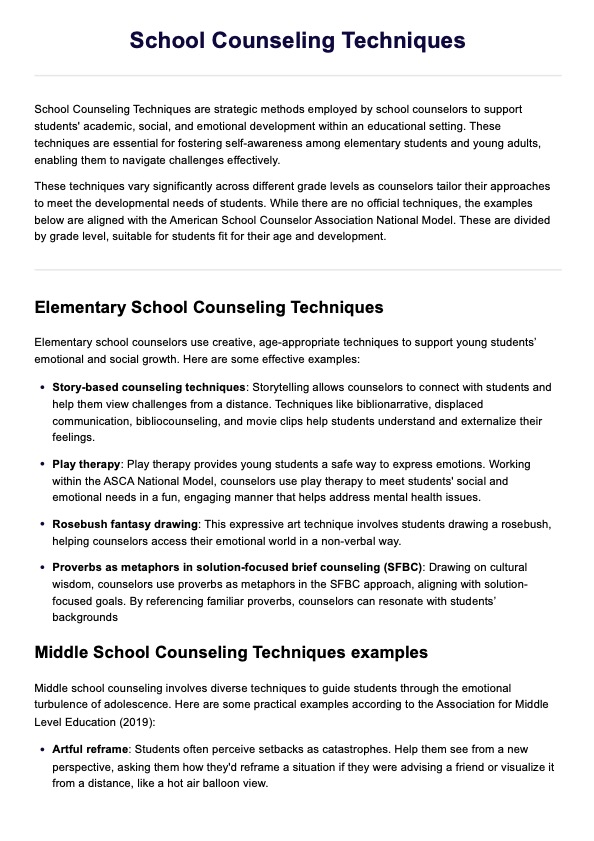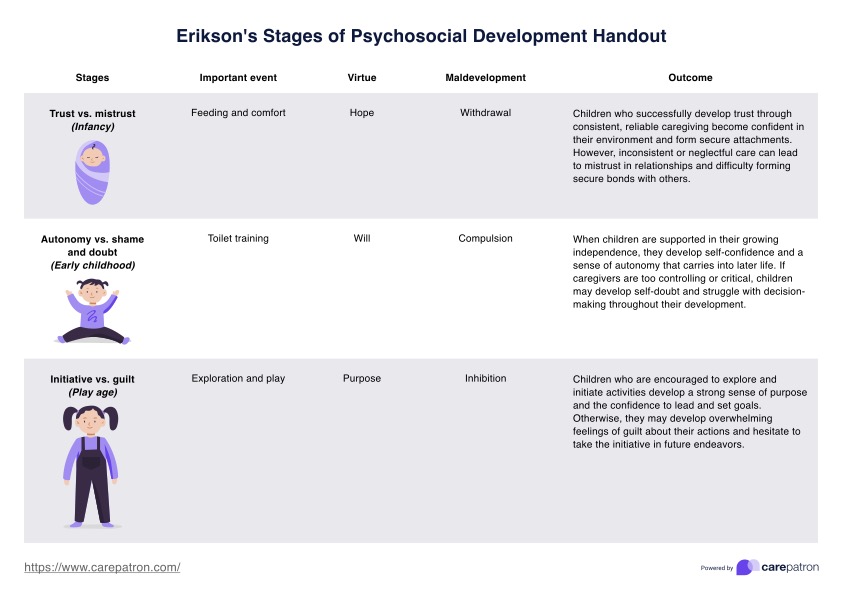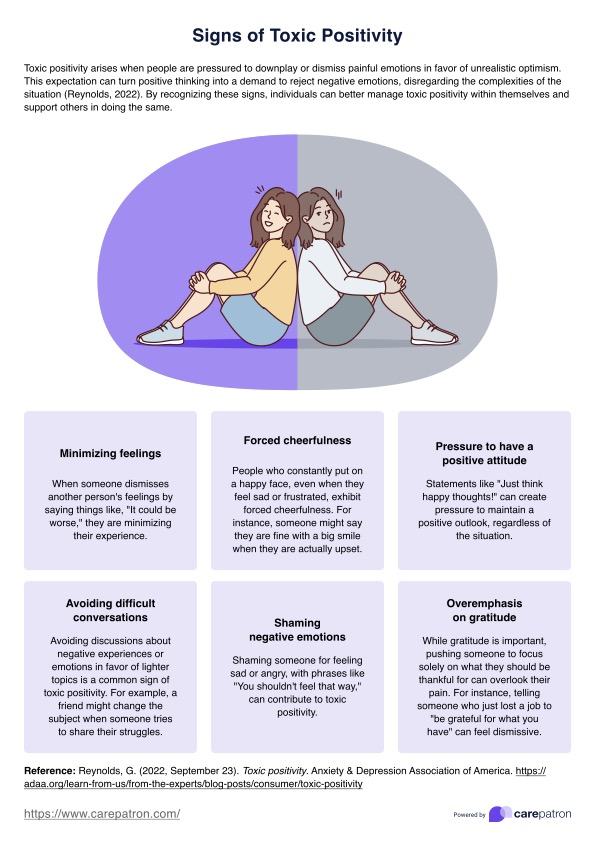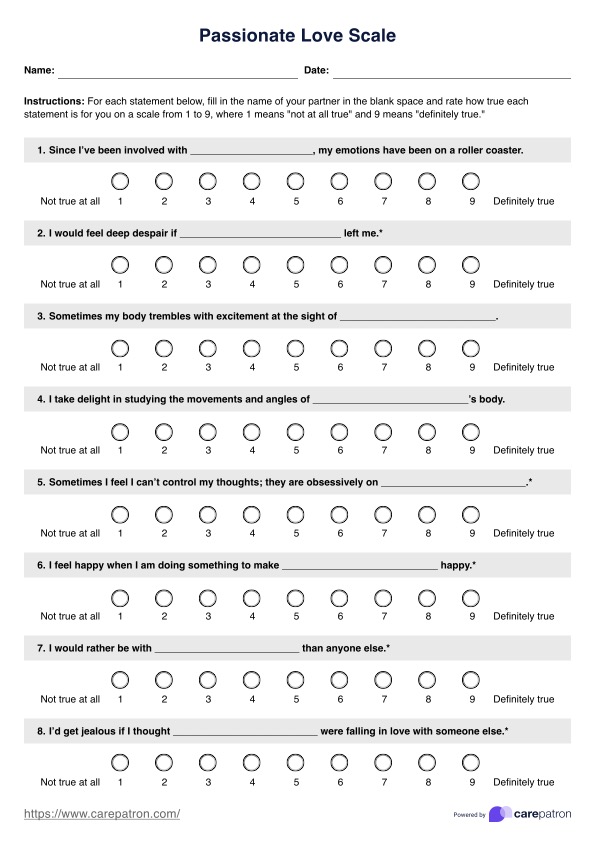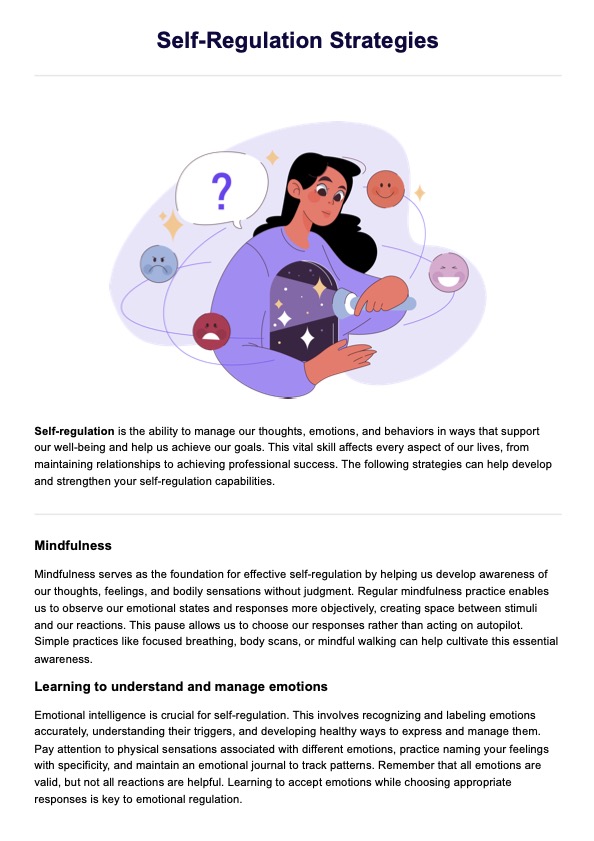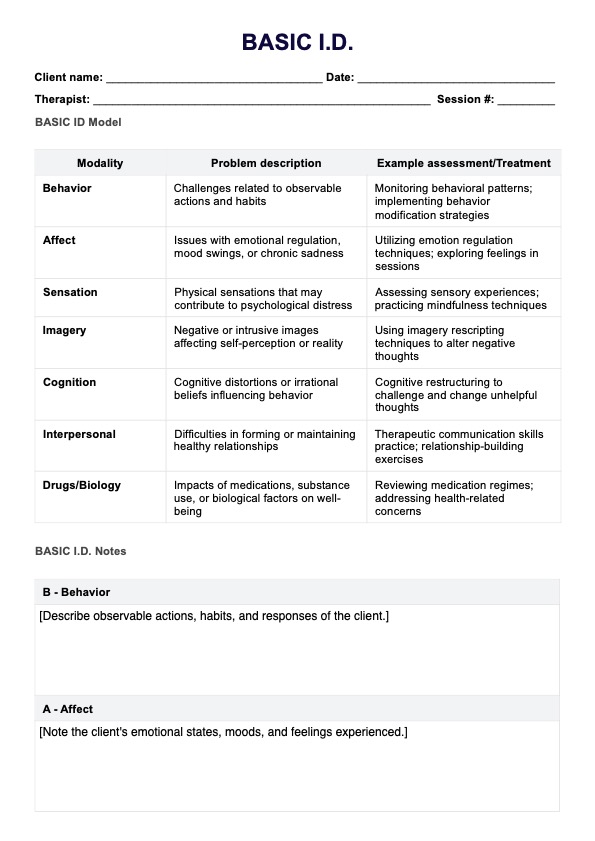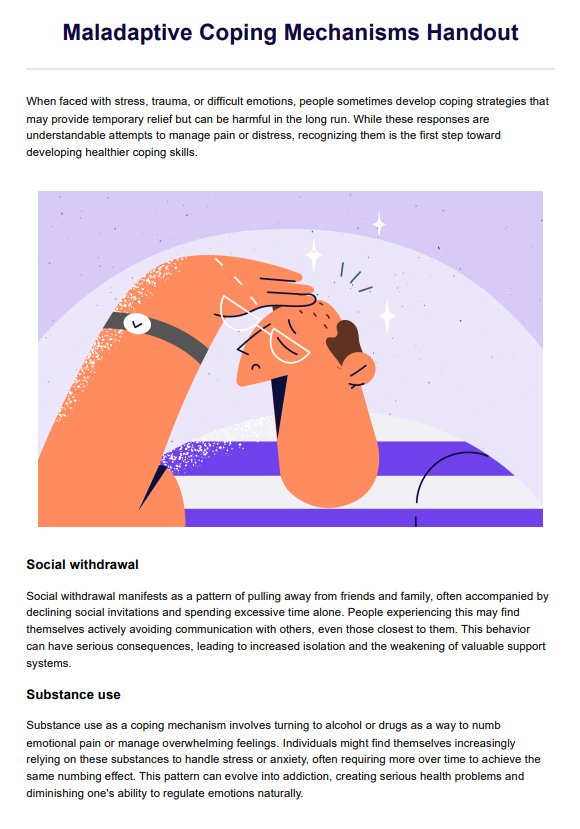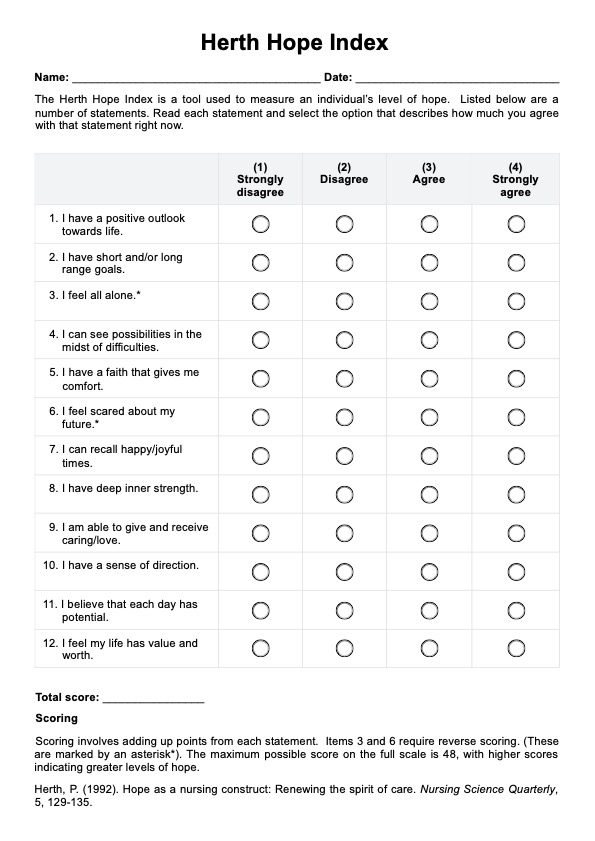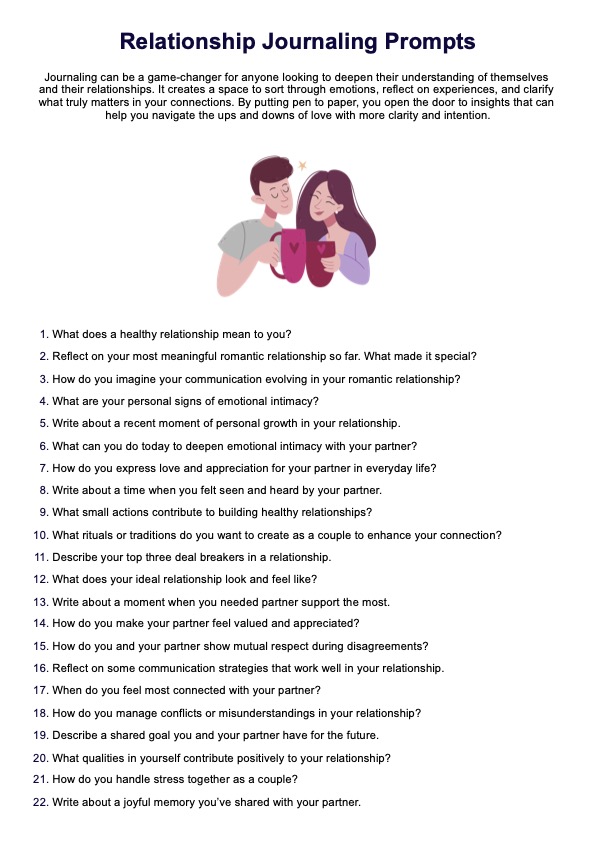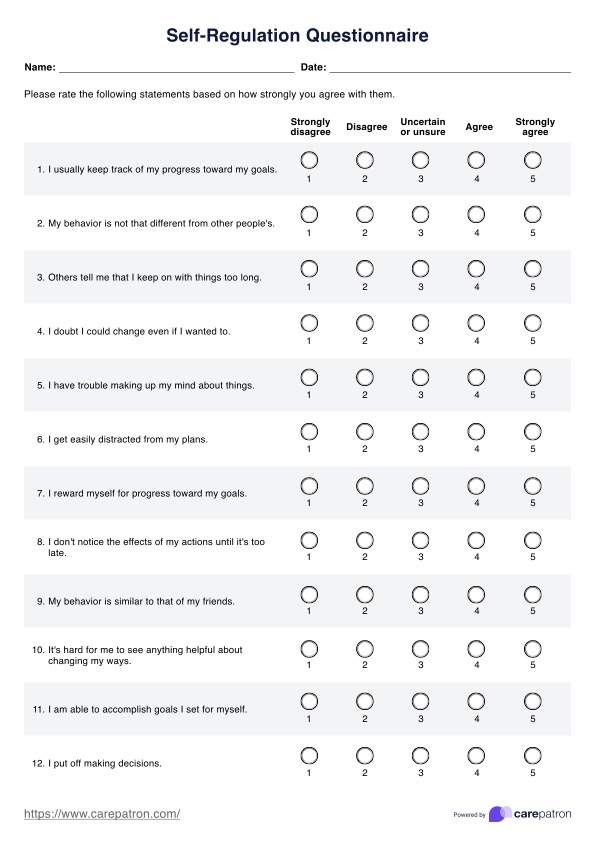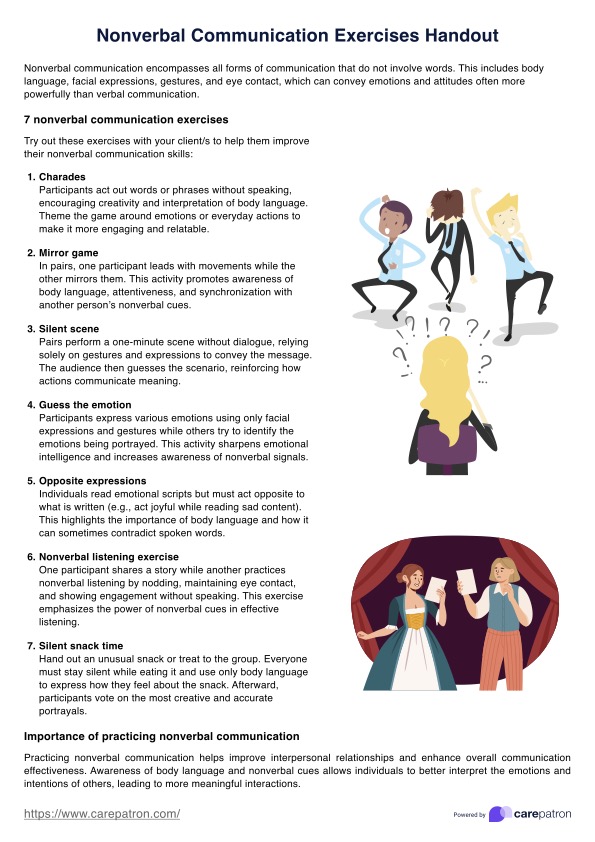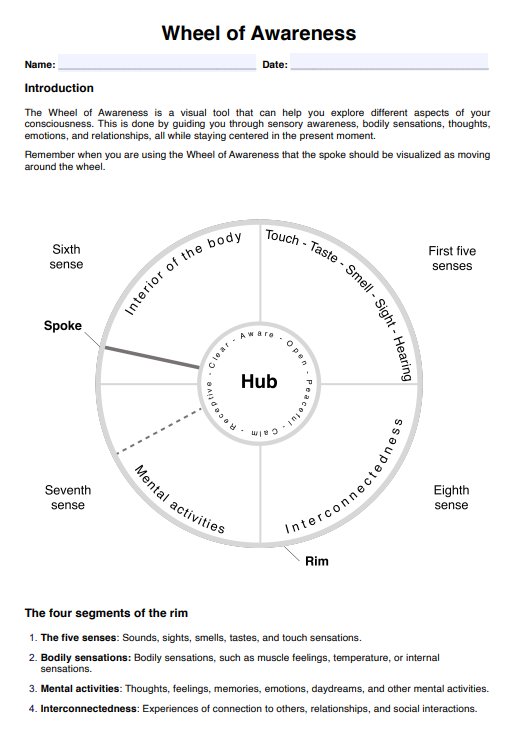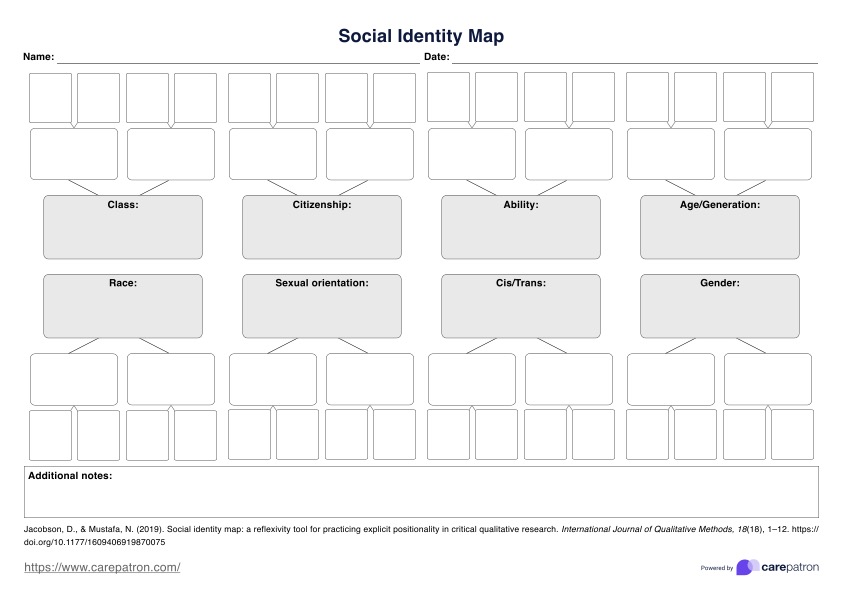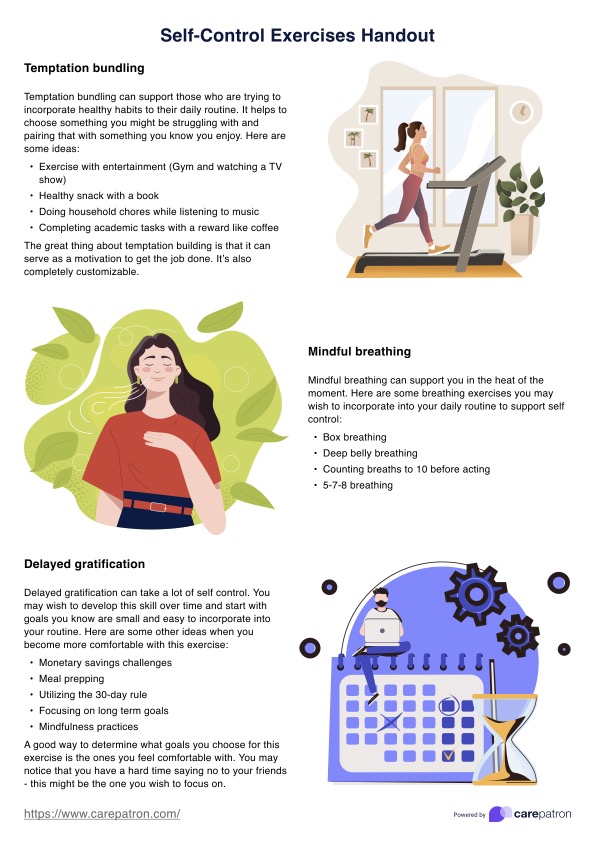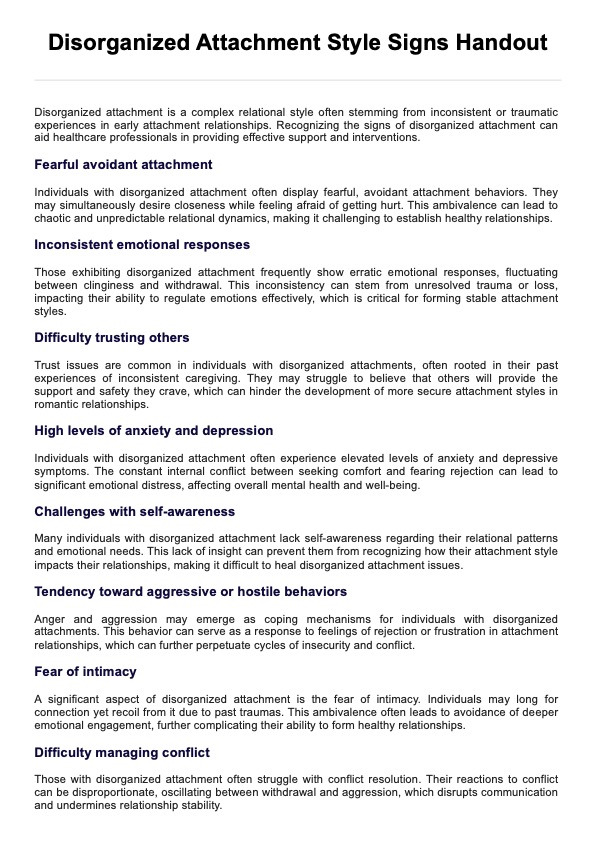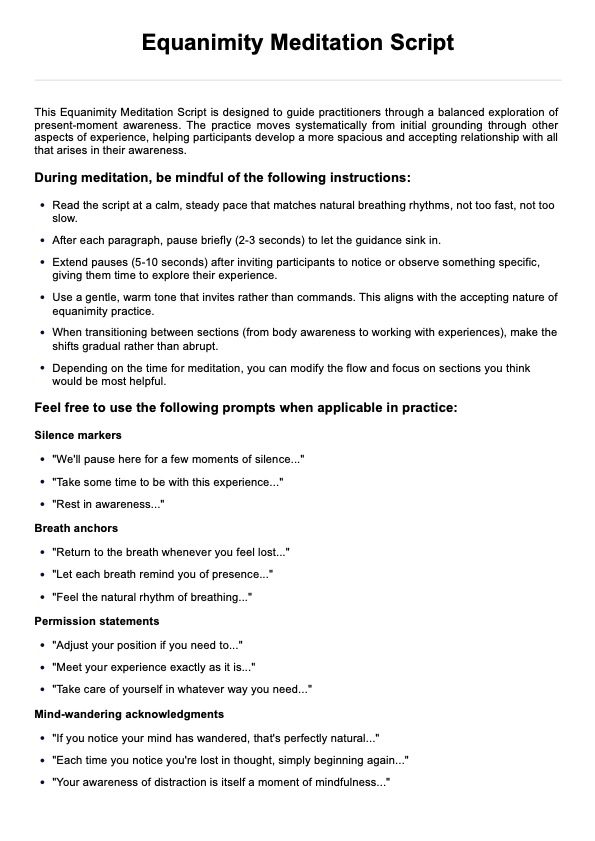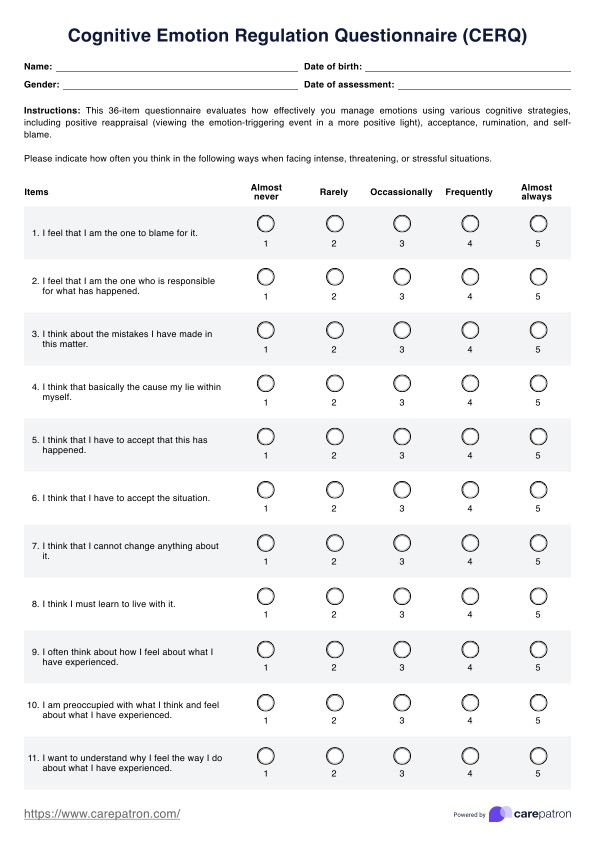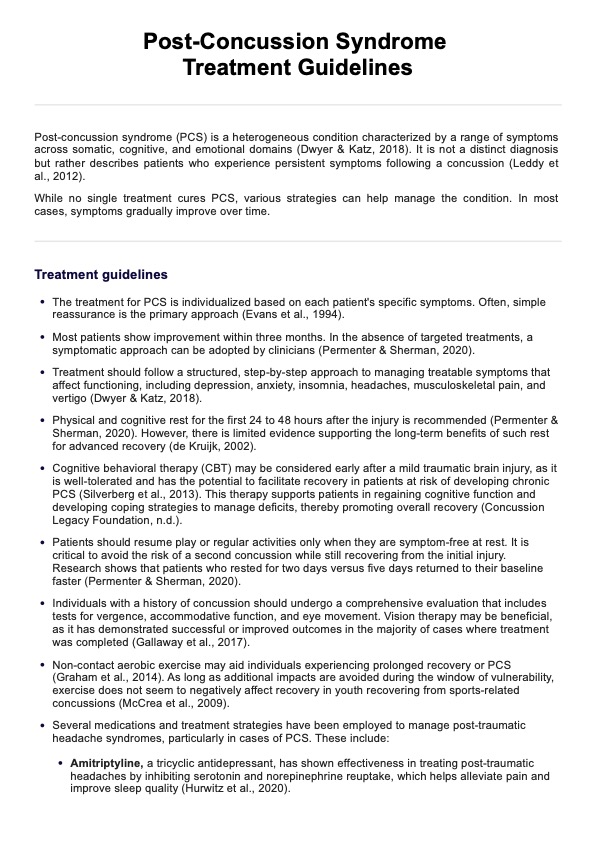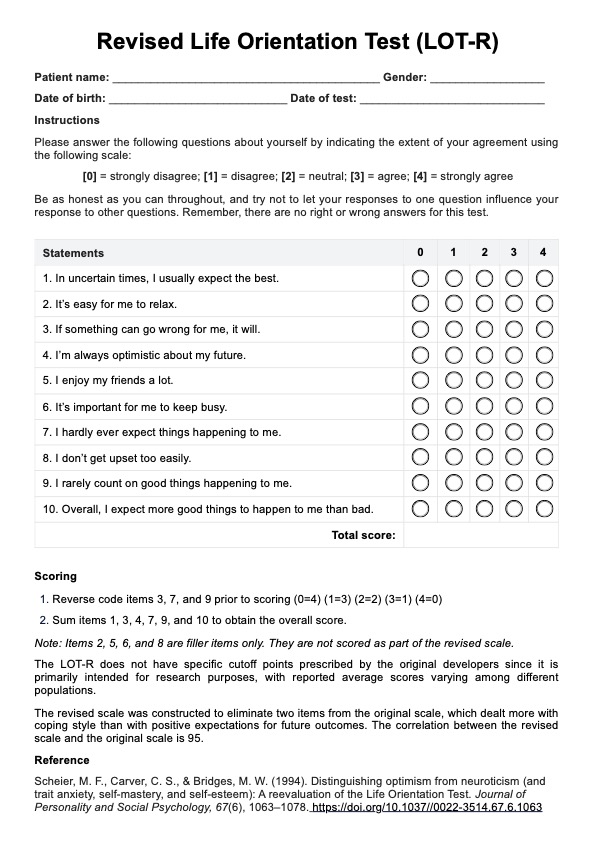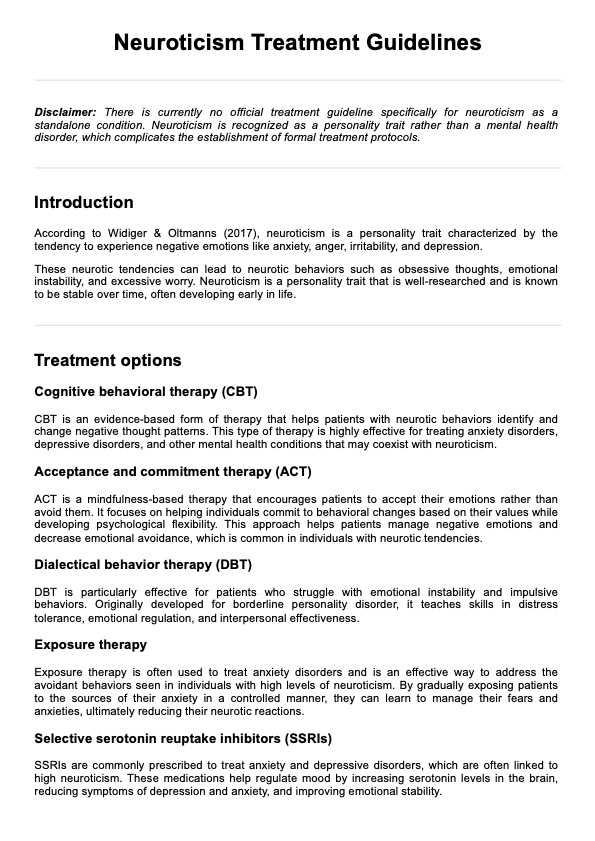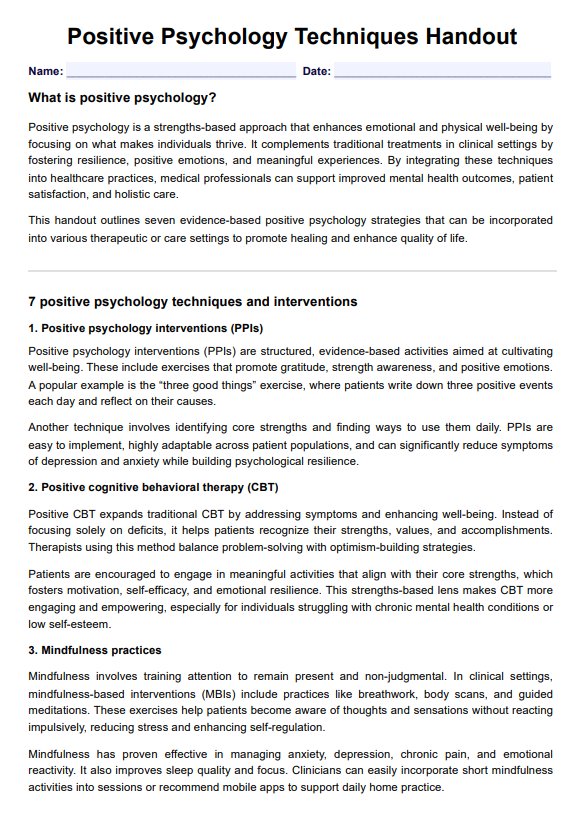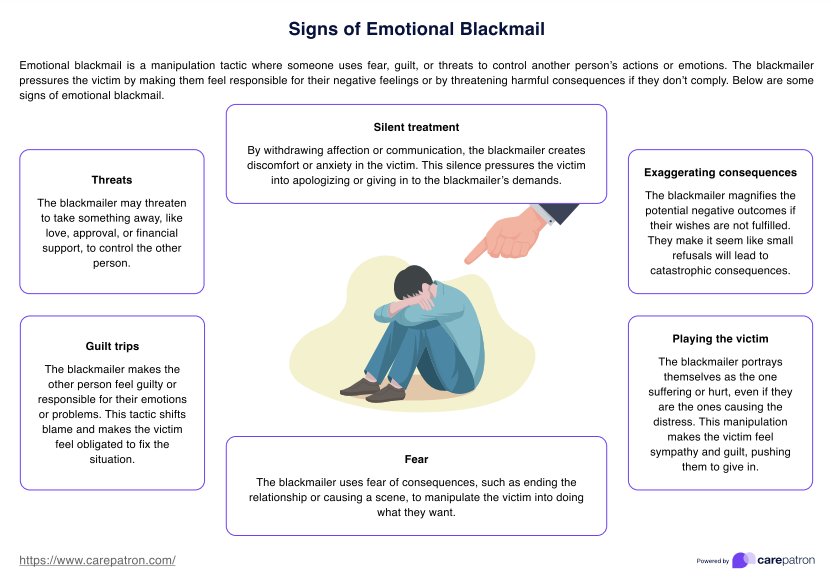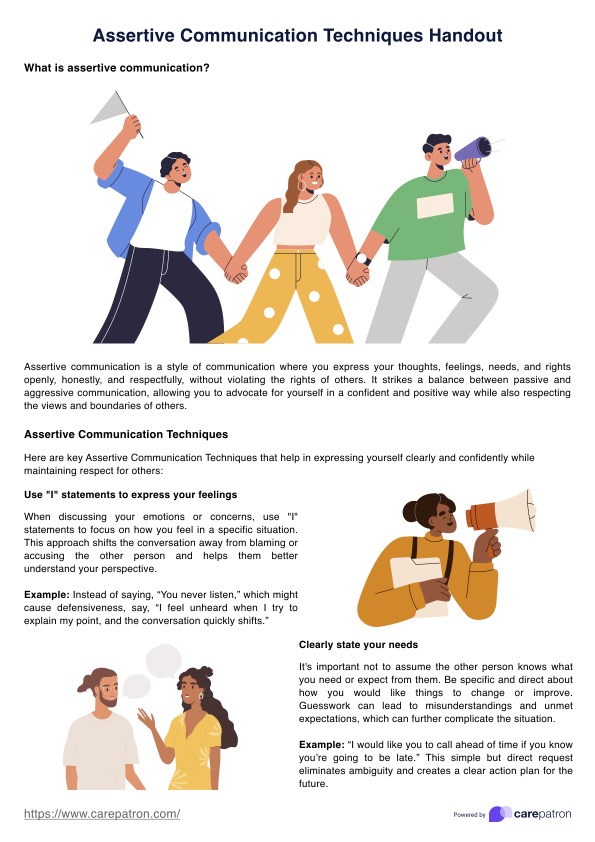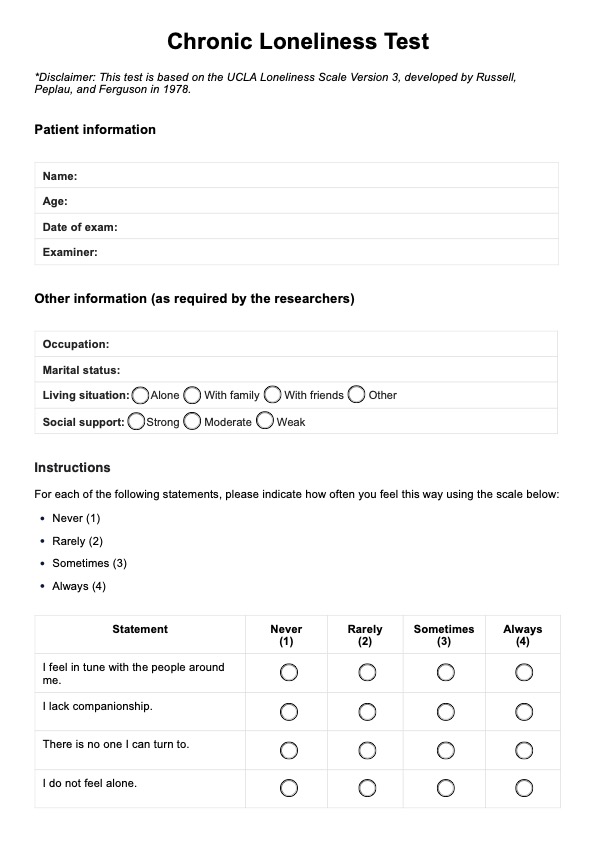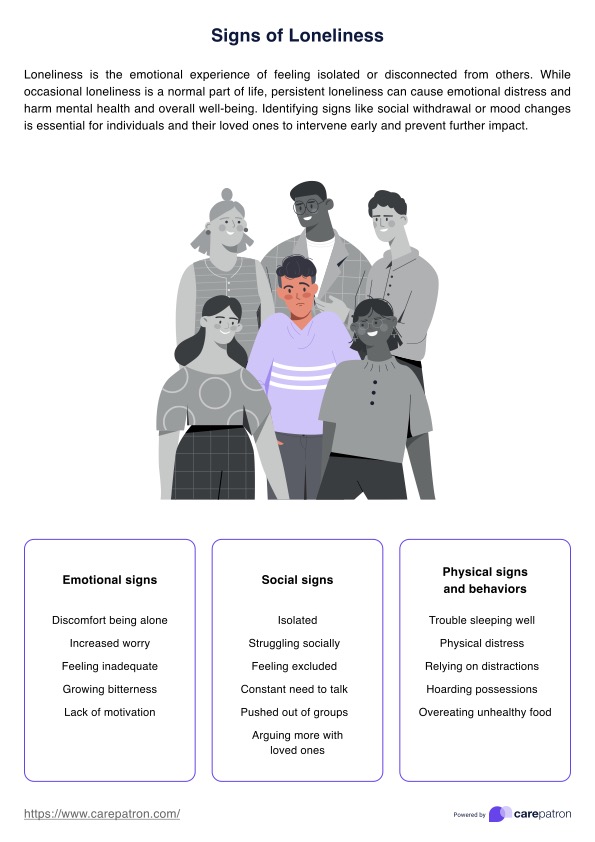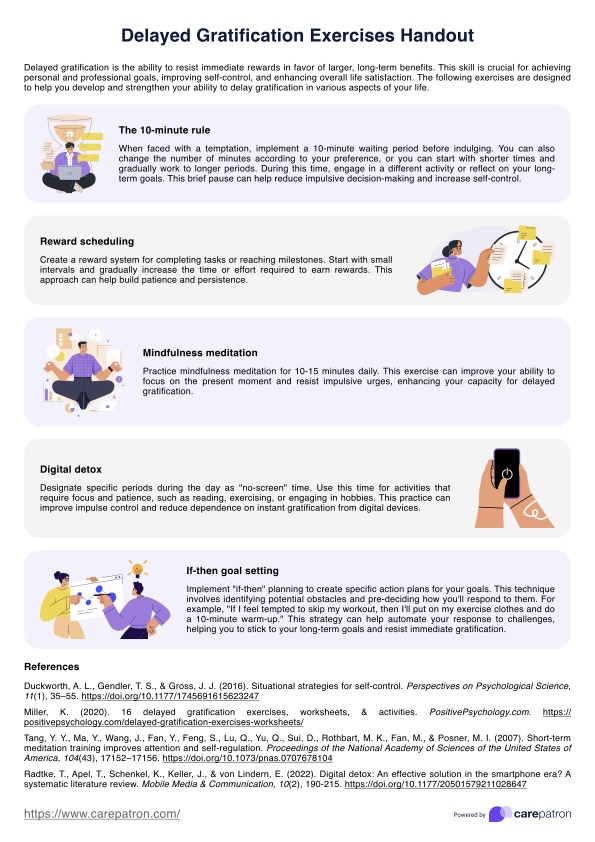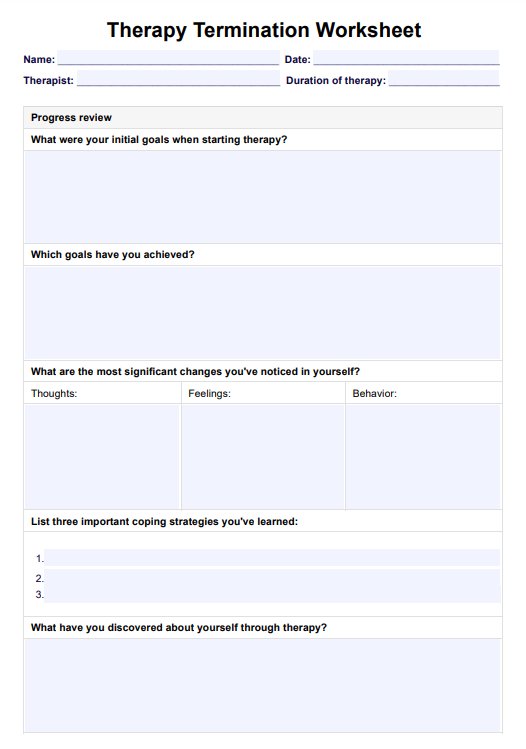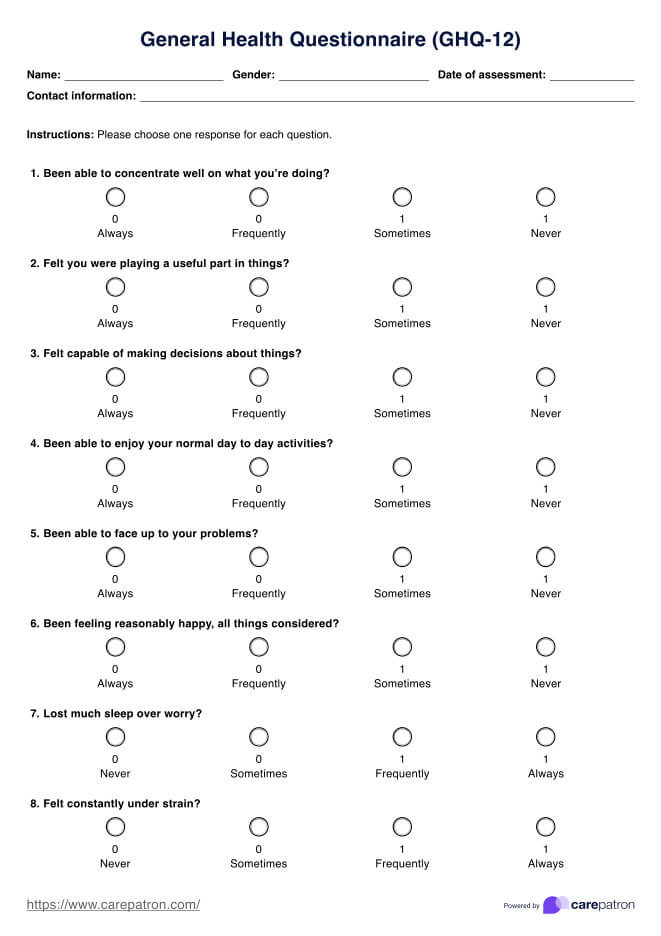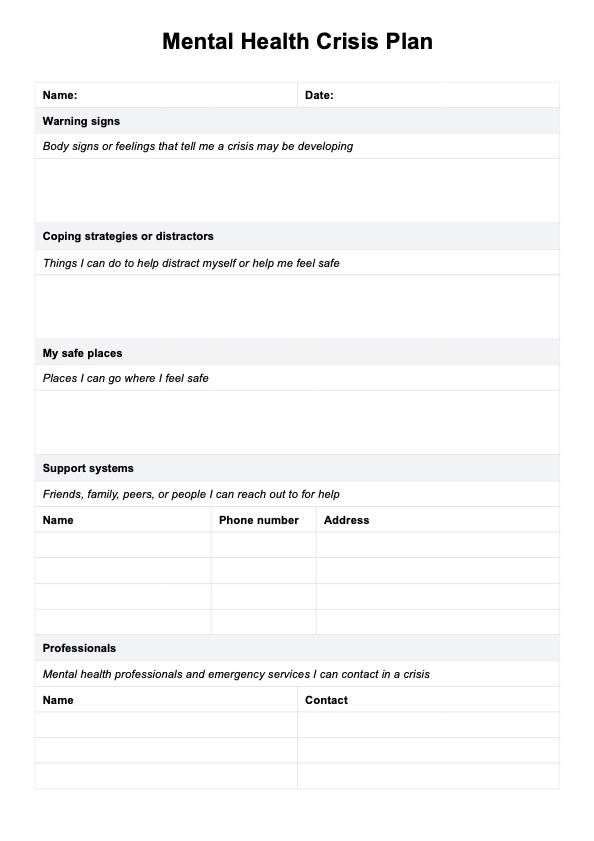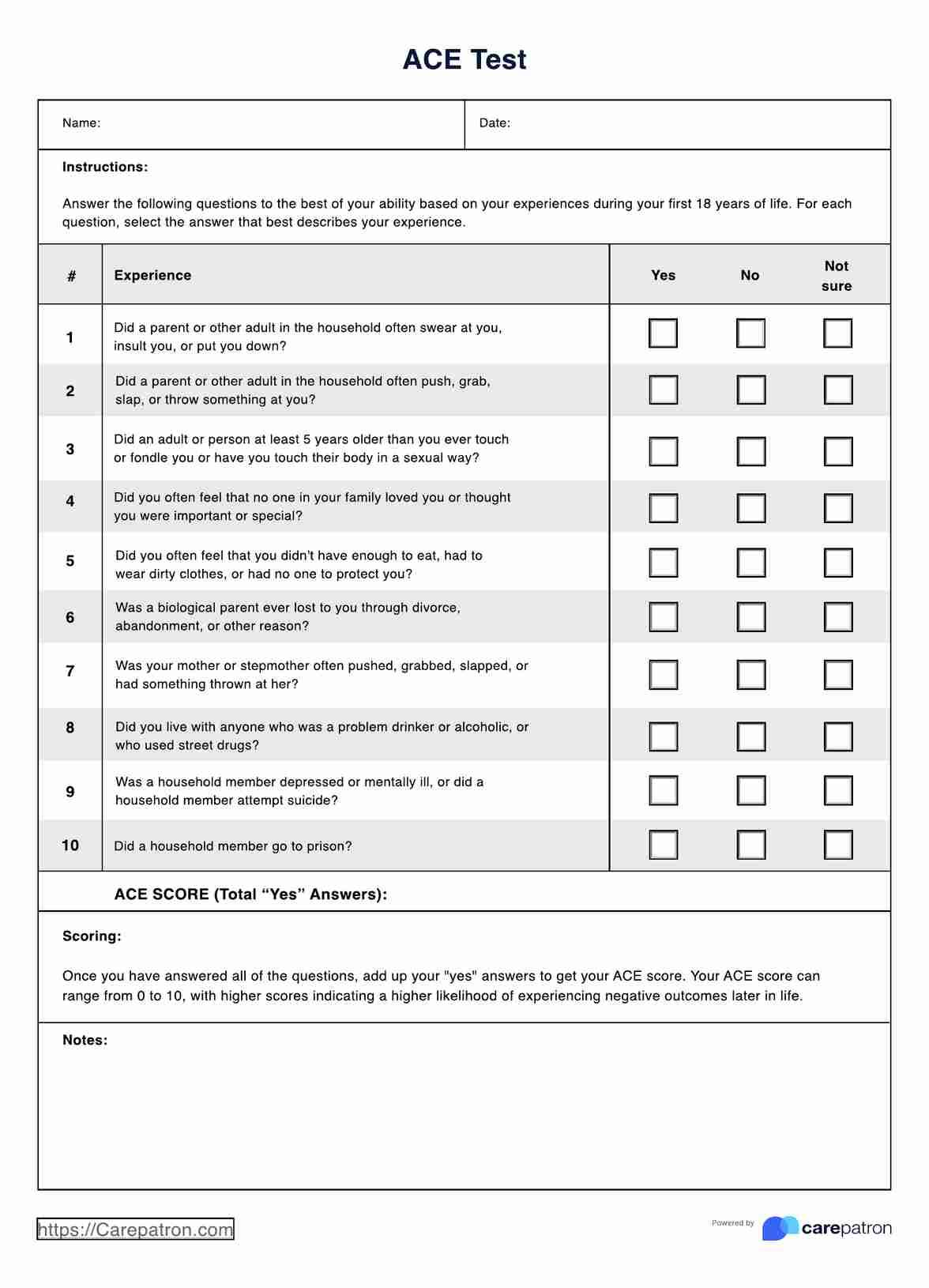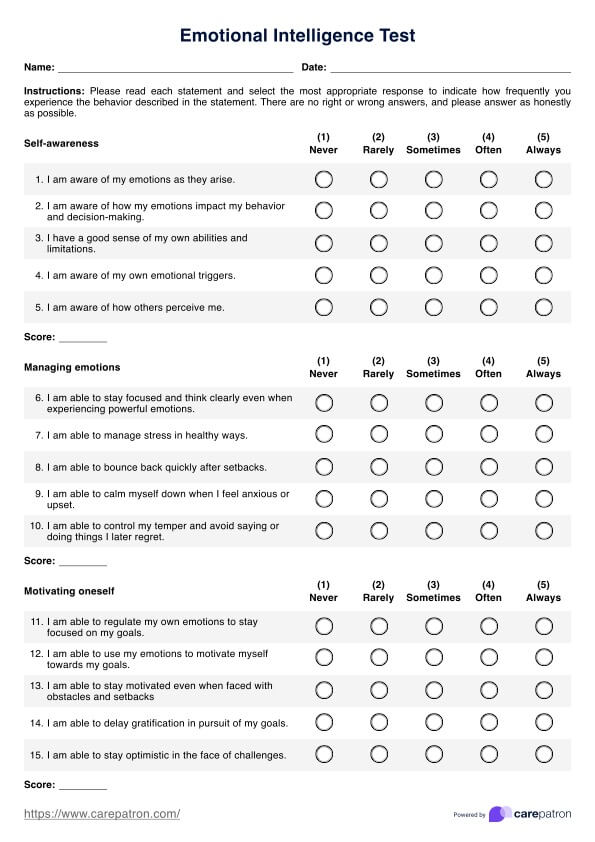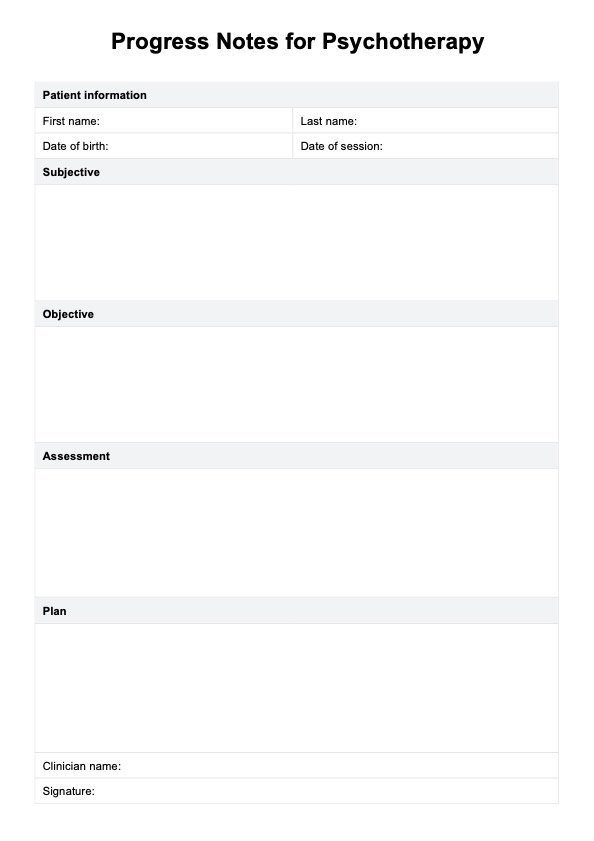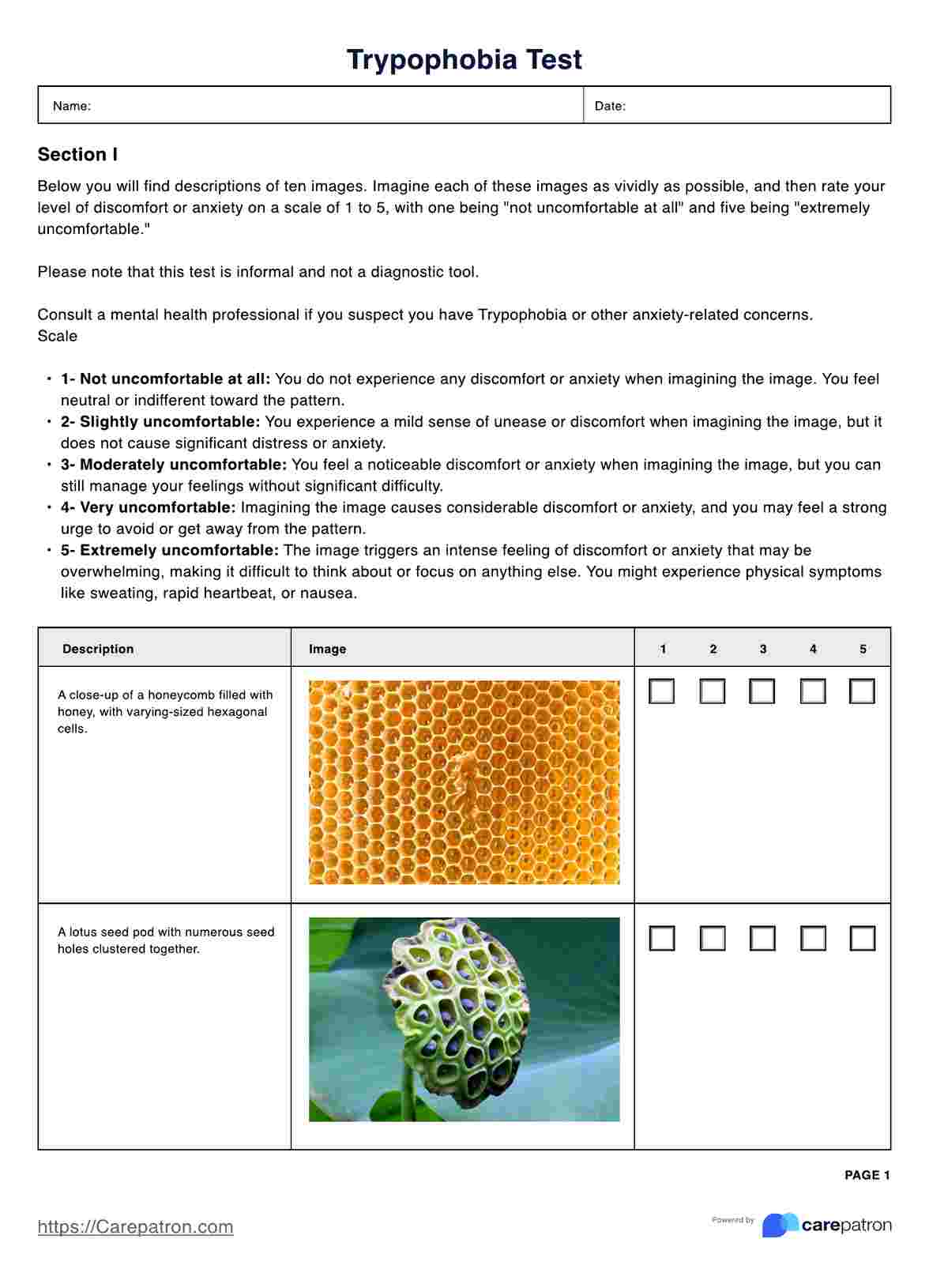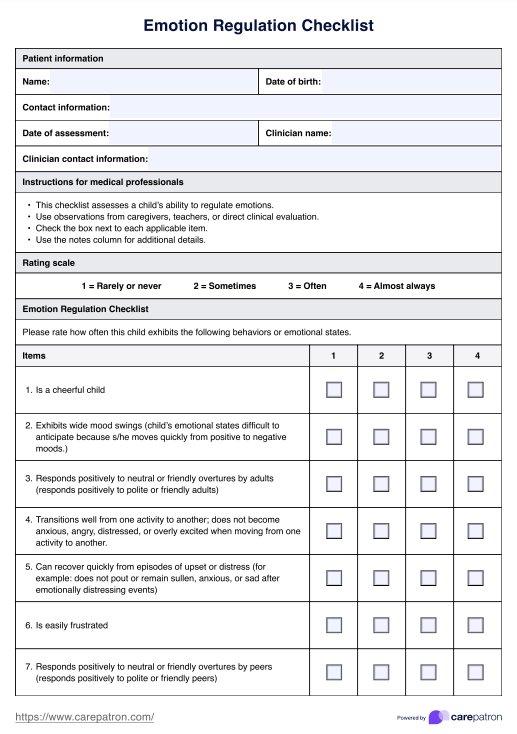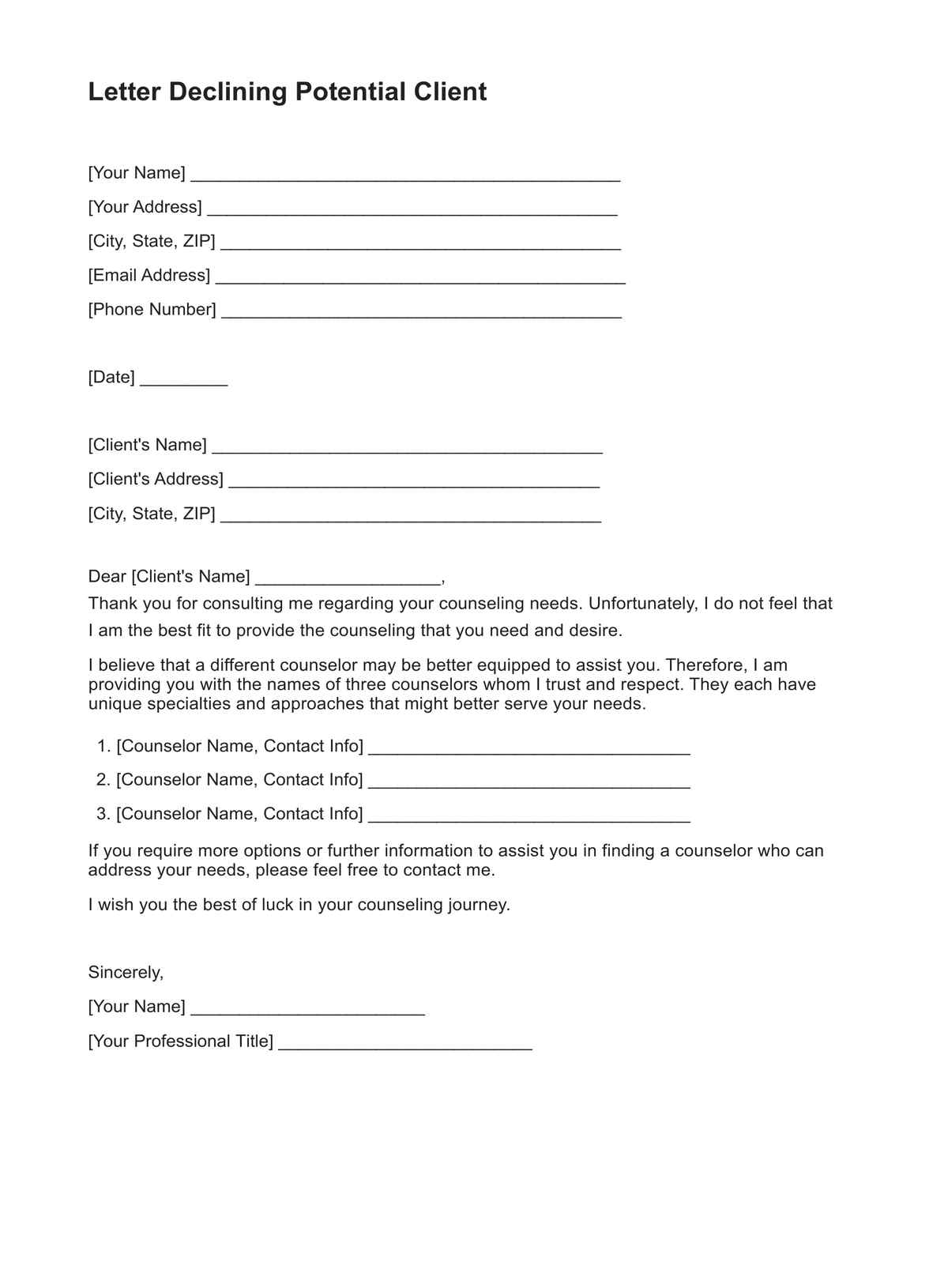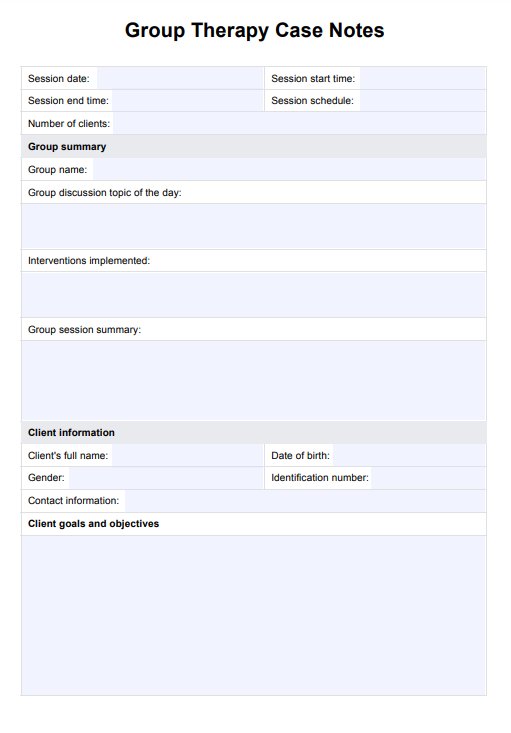Body Map Emotions Worksheet
Help your patient identify their emotions and how each one physically manifests on their body with the help of a body map emotion worksheet template.


What is a Body Map Emotions Worksheet?
A Body Map Emotion Worksheet is a helpful tool for teaching emotional regulation and helping individuals identify and understand their emotional experiences. An emotional body map worksheet represents how different emotions are experienced physically within the body. It is designed to help students, adults, or younger children recognize and articulate the bodily sensations associated with various emotional states by asking them to check or use different colors to note down which emotions they feel on different parts of their bodies.
Our Body Map Emotion Worksheet, in particular, has a dedicated section for any additional notes the client or you may have.
Body Map Emotions Worksheet Template
Body Map Emotions Worksheet Example
How to use this Body Map Emotions Worksheet
An emotion body map worksheet provides a structured and insightful way to explore the intricate relationship between emotions and their physical manifestations. Whether your client seeks self-discovery or aims to enhance emotional regulation, here is a step-by-step guide to effectively use an emotion body map worksheet.
Step 1: Download a copy
Click the "Use template" button to access the Body Map Emotions Worksheet via the Carepatron app, allowing you to customize it for your client's needs. For a PDF version, just select "Download."
Step 2: Familiarize yourself with the worksheet
After you obtain a copy of the body mapping emotions PDF by clicking the "Use Template" button, take a few moments to review the sections on the worksheet. Understand the key areas designated for different emotions and any additional prompts that guide one's reflection.
Step 3: Let the client reflect on different emotions
Begin the process by allowing your client to reflect on their emotional state. Have them consider a specific emotion they are experiencing or one that you want to explore further, then allow them to connect with the feeling and pay attention to any physical sensations associated with it.
Step 4: Identify associated bodily sensations
Have the patient identify the areas where they feel the physical sensations corresponding to the chosen emotion.
Step 5: Color, mark, or point to the emotional body map
Engage in the creative aspect of the exercise by coloring or marking the areas on the body map that correspond to the identified sensations. Use colors or symbols that intuitively represent the intensity or nature of the experienced emotions. You can also ask them to point to the body part if they're more comfortable doing so.
Step 6: Reflect on patterns
After completing the body map, ask the patient to step back and observe any emerging patterns or trends by filling out the sections in the guide. Notice if certain emotions consistently manifest in specific areas of their body. This observation provides valuable insights into their feelings and emotions.
Benefits of using a Body Map Emotions Worksheet
There are several advantages to helping your client be aware of their emotions by using our Body Map Emotions Worksheet:
- Improved emotional awareness: They help adults or younger children and students visualize how emotions feel in their bodies.
- Enhanced communication: This body mapping worksheet allows individuals and younger clients, like younger students, to identify and express their emotional experiences non-verbally.
- Development of coping skills: By recognizing physical manifestations of emotions, especially big feelings, individuals can learn to address and manage them more effectively.
- Increased body-mind connections: These maps also promote understanding the relationship between emotional states and how the body feels these different feelings.
Strategies for teaching emotional regulation
Individuals can use various strategies beyond emotions worksheets to pursue emotional well-being. These approaches focus on enhancing emotional regulation, which can be a difficult skill to master.
Self-awareness
Self-awareness is essential in emotional identification and regulation. This strategy involves noticing and naming one's big emotions and the sensations that come with them. This awareness can help individuals gain insights into the triggers, patterns, and consequences of their emotional experiences.
Mindful awareness
Through mindful awareness, individuals can explore and identify the sensations, thoughts, and feelings that accompany their emotions. This practice encourages a non-judgmental observation of emotions, allowing for a more profound understanding and acceptance of the self.
Cognitive reappraisal
Cognitive reappraisal involves consciously altering how one thinks about a situation or oneself to influence its emotional impact. For instance, reframing a challenge as an opportunity for growth rather than a threat can reshape the emotional response. Individuals empower themselves to navigate emotional landscapes with a more constructive and adaptive mindset.
Acceptance
Acceptance is a transformative strategy that involves acknowledging and allowing one's emotions without judgment or resistance. When individuals embrace their emotions, even the challenging ones, they can effectively cope with emotional distress and gradually reduce the intensity of those emotions over time.
Commonly asked questions
Body mapping emotions is identifying and visualizing where different emotions are experienced or stored within the physical body. It involves creating a "map" that associates specific emotions with particular areas or sensations in the body.
According to research on body mapping, certain emotions tend to be associated with specific body regions. For example, feelings of joy and happiness are often linked to the chest and upper body, while anxiety and fear are commonly felt in the stomach and lower abdomen. Sadness is frequently experienced in the chest and shoulders, and anger is associated with the arms and fists.
The connection between emotions and the body is complex, but some general patterns have been observed. Positive emotions like love and contentment tend to manifest in the upper body, while negative emotions like disgust and shame are more often felt in the mid and lower body. Stress and anxiety can cause physical tension in the neck, shoulders, and back. Emotional pain may be experienced as a "heavy heart" or a "pit in the stomach."


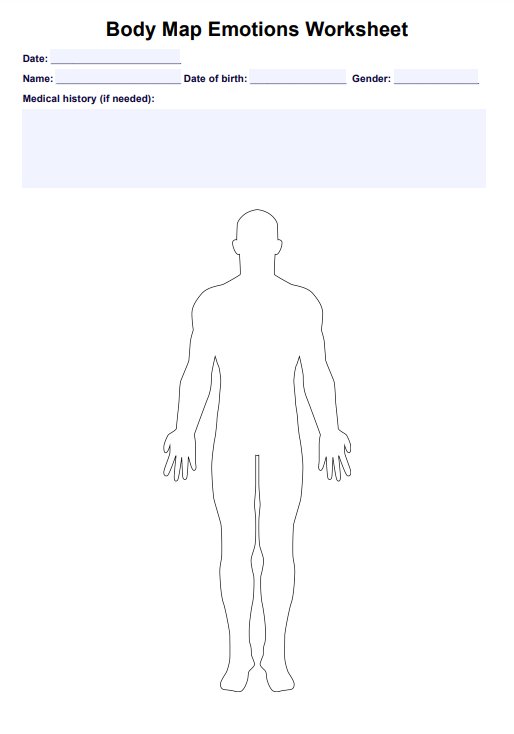
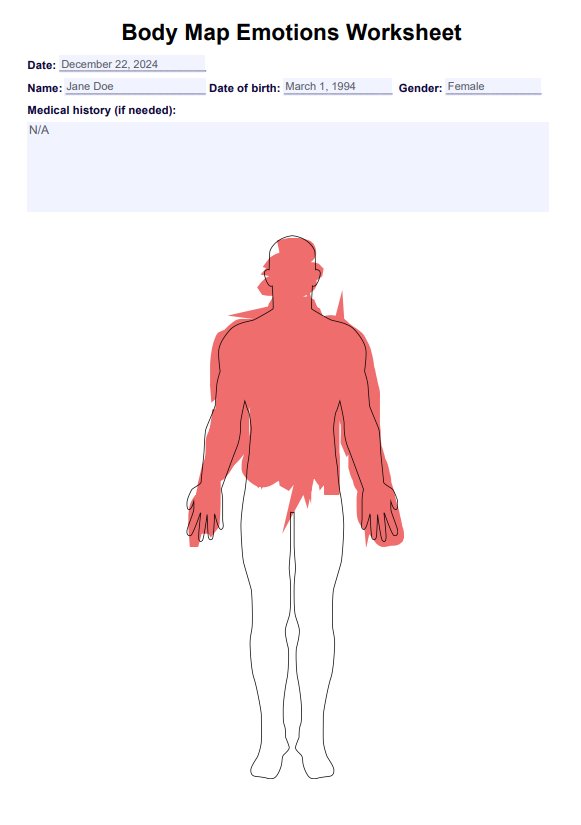

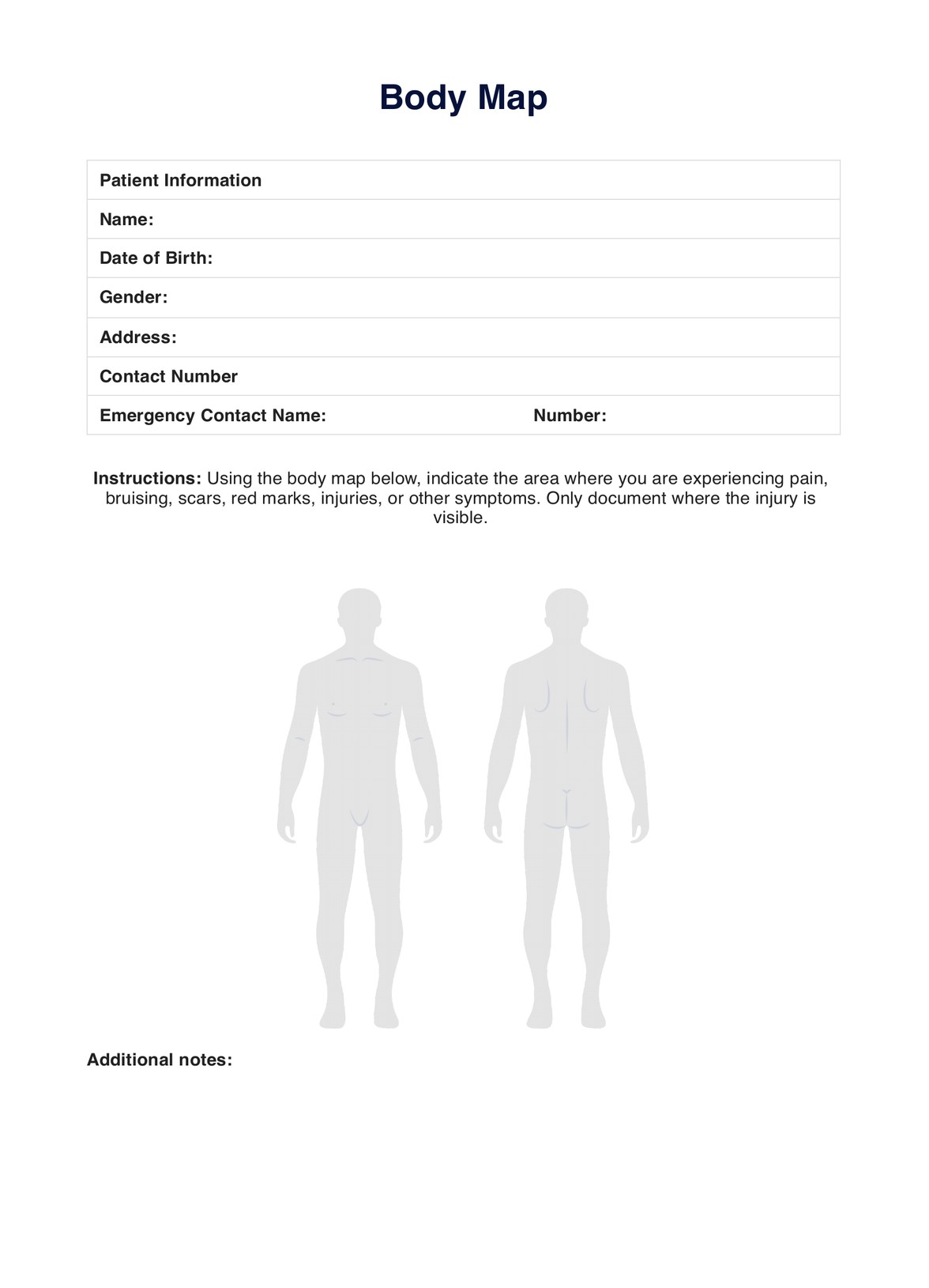
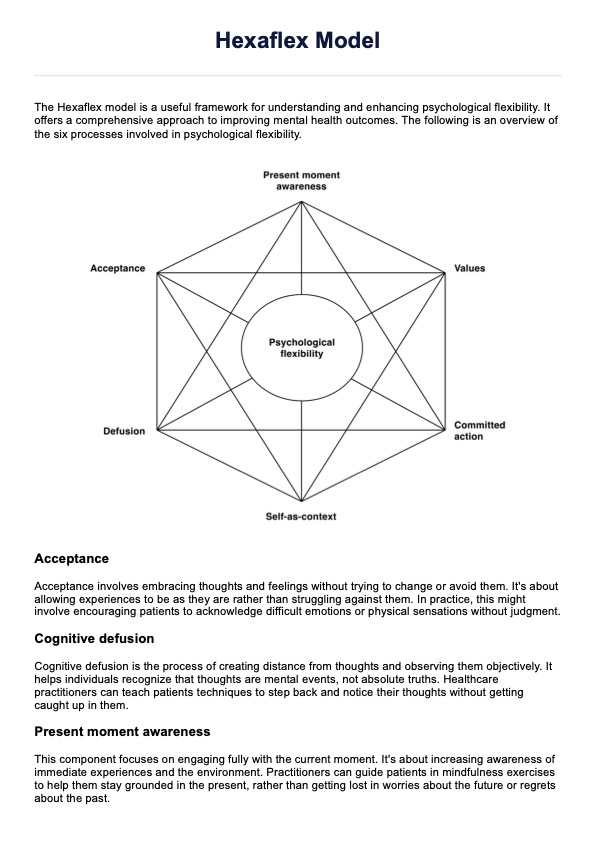

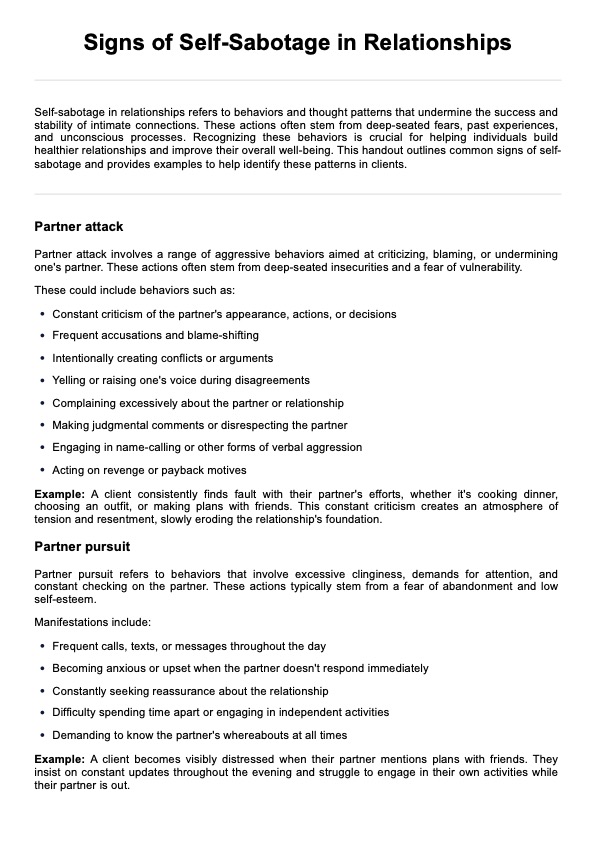
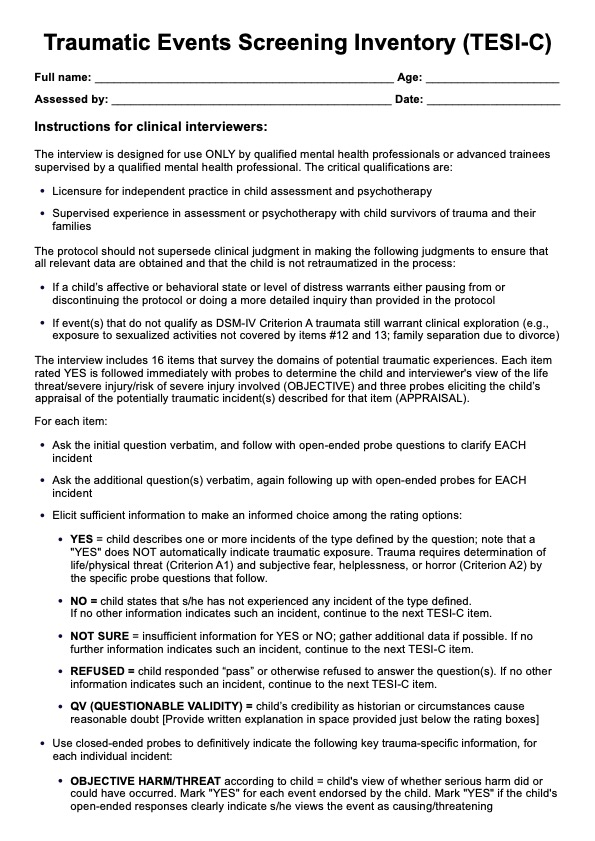
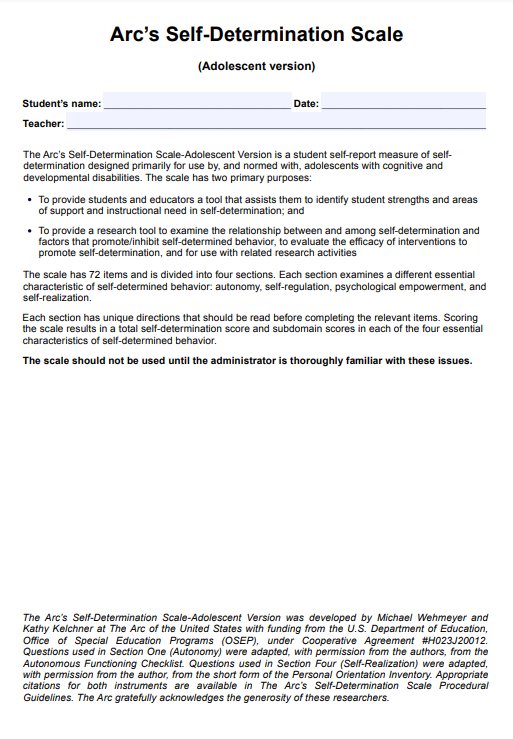
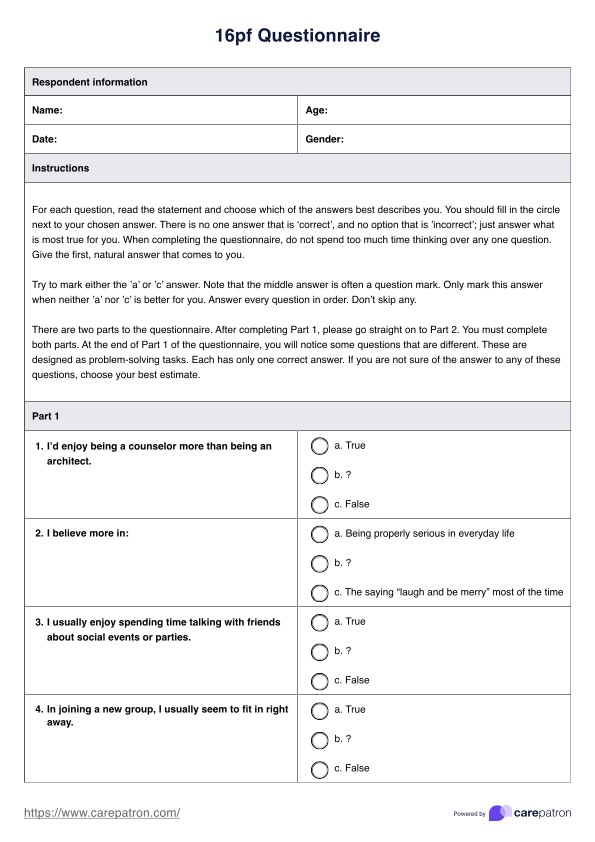
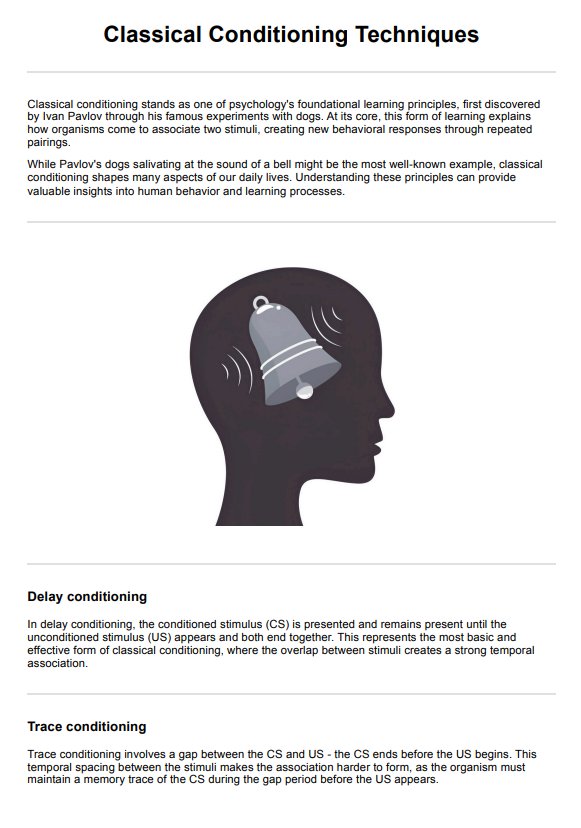
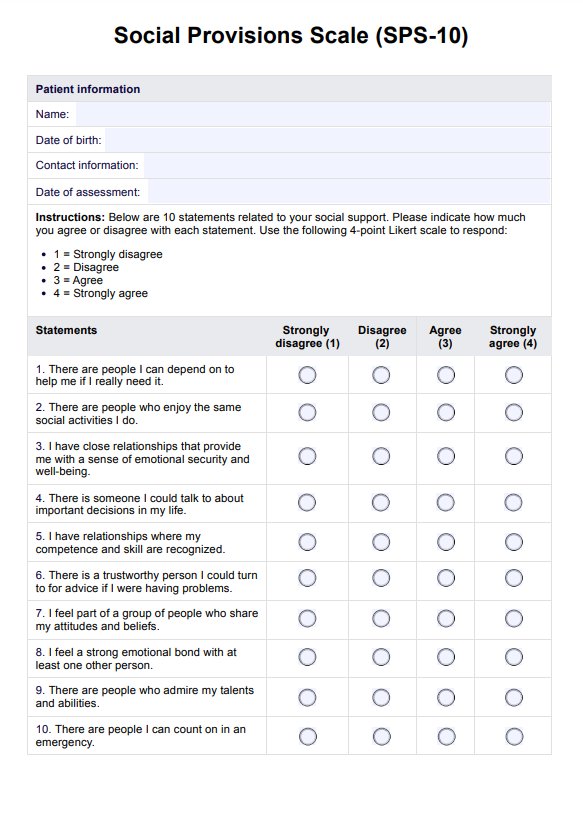
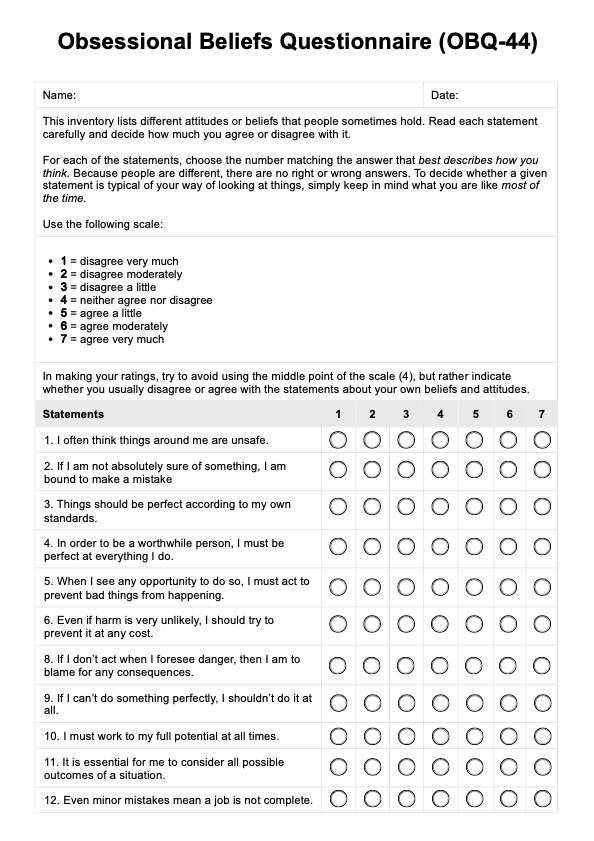

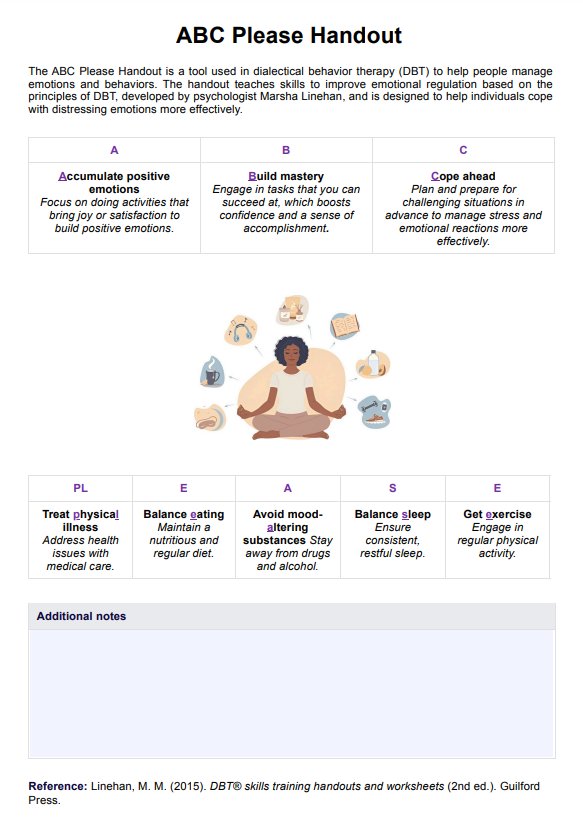
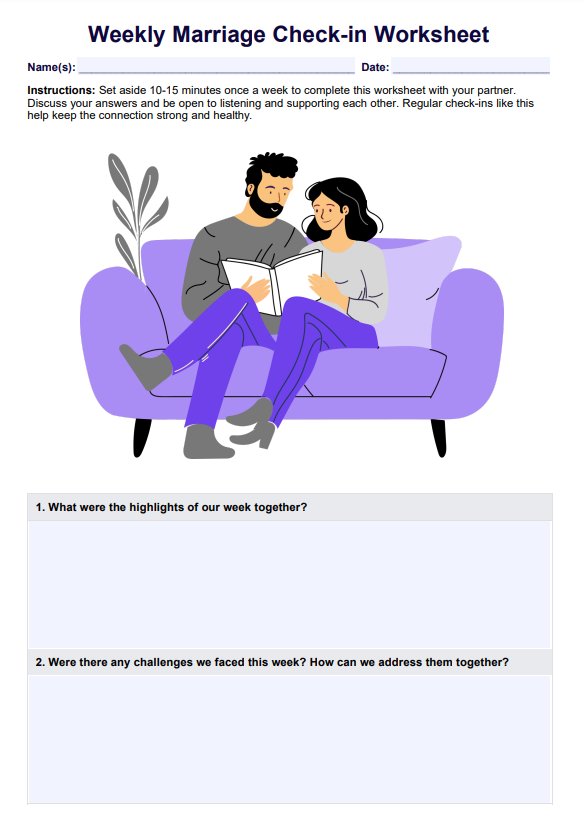
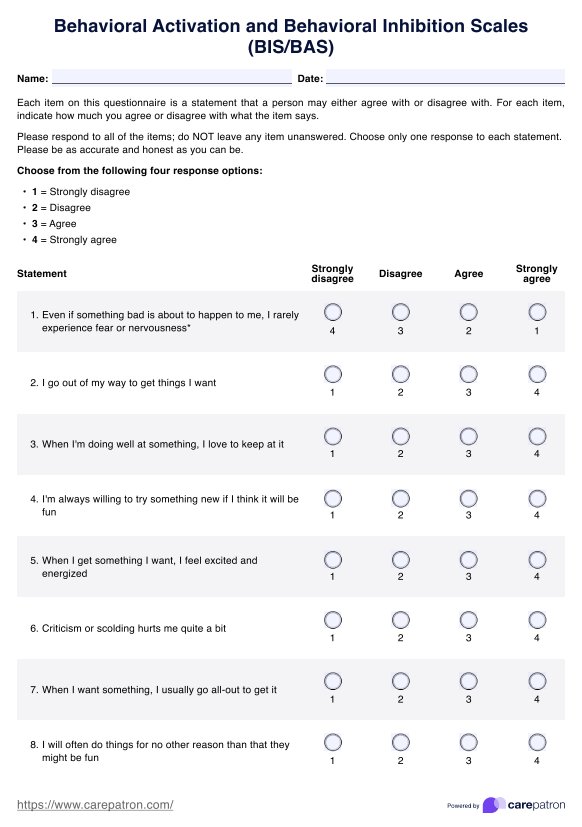
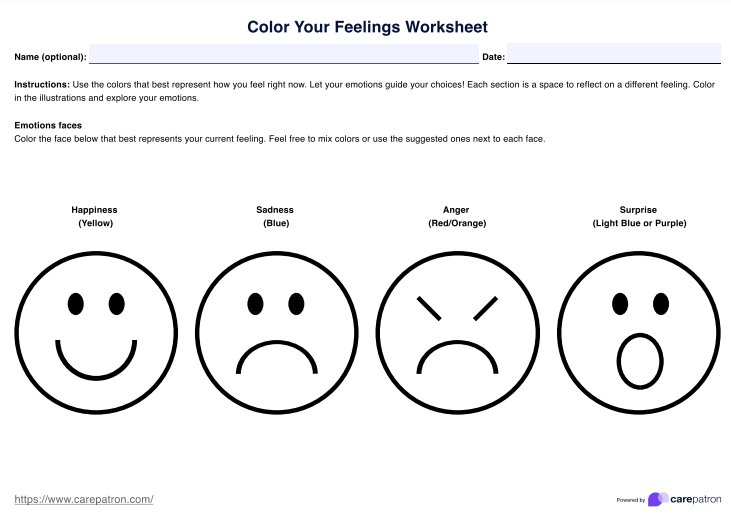
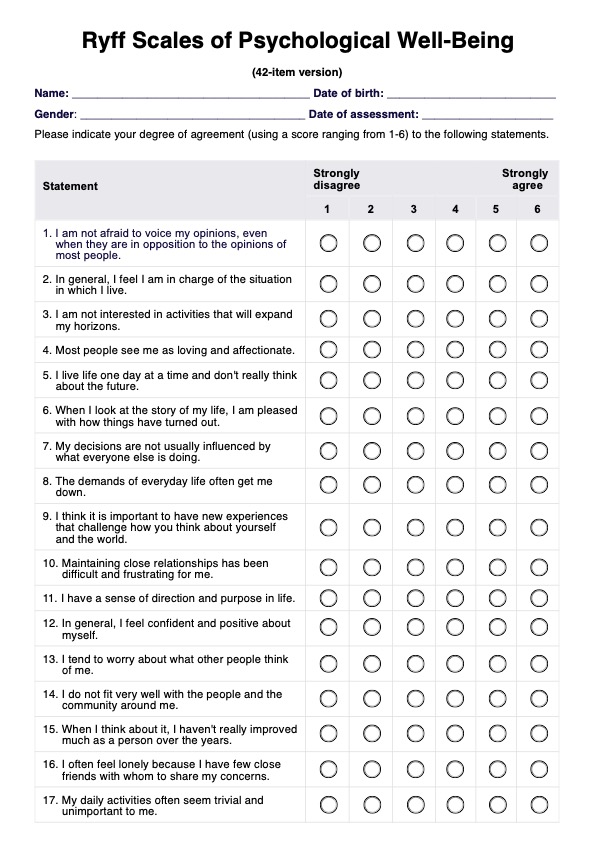
-template.jpg)
